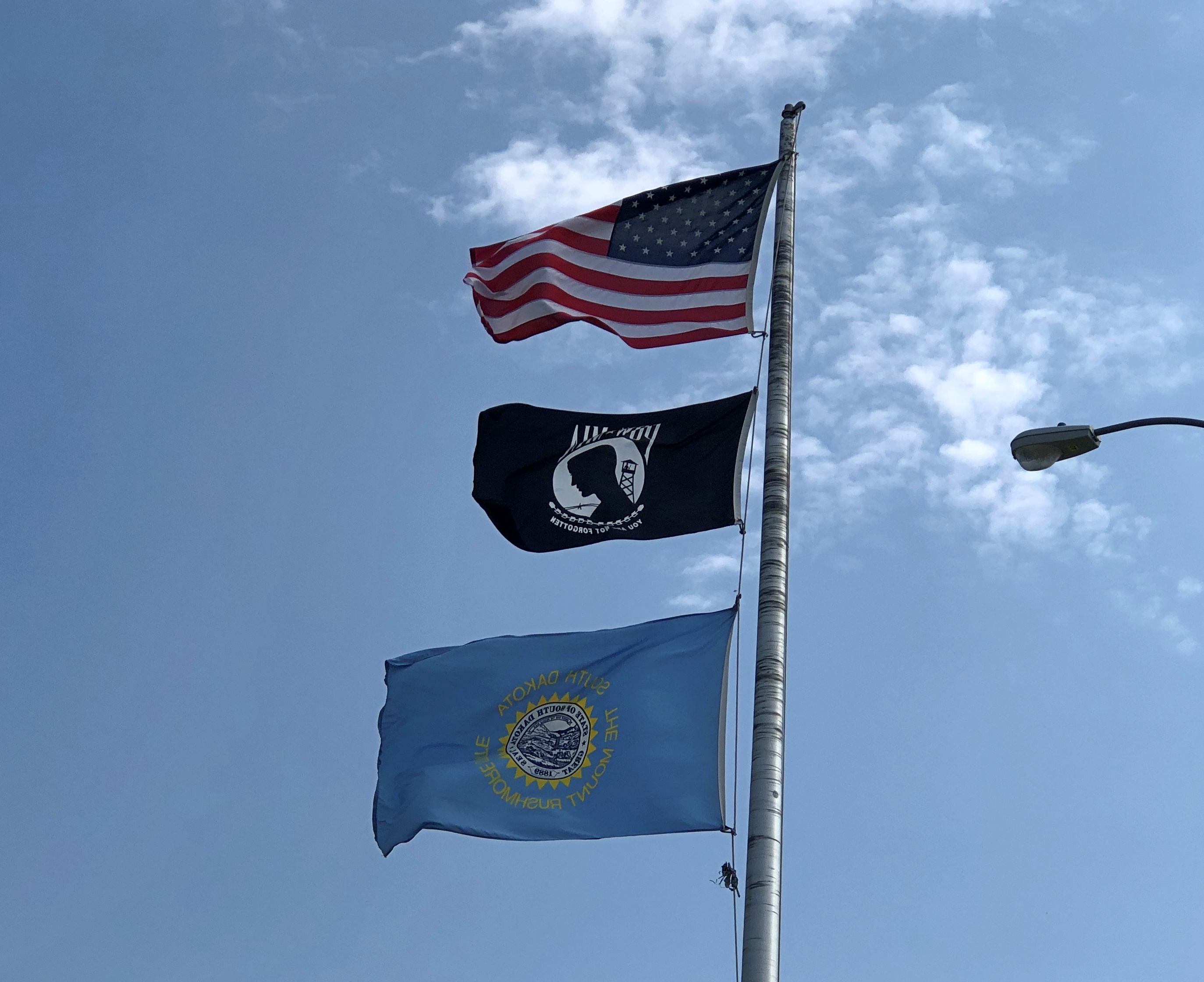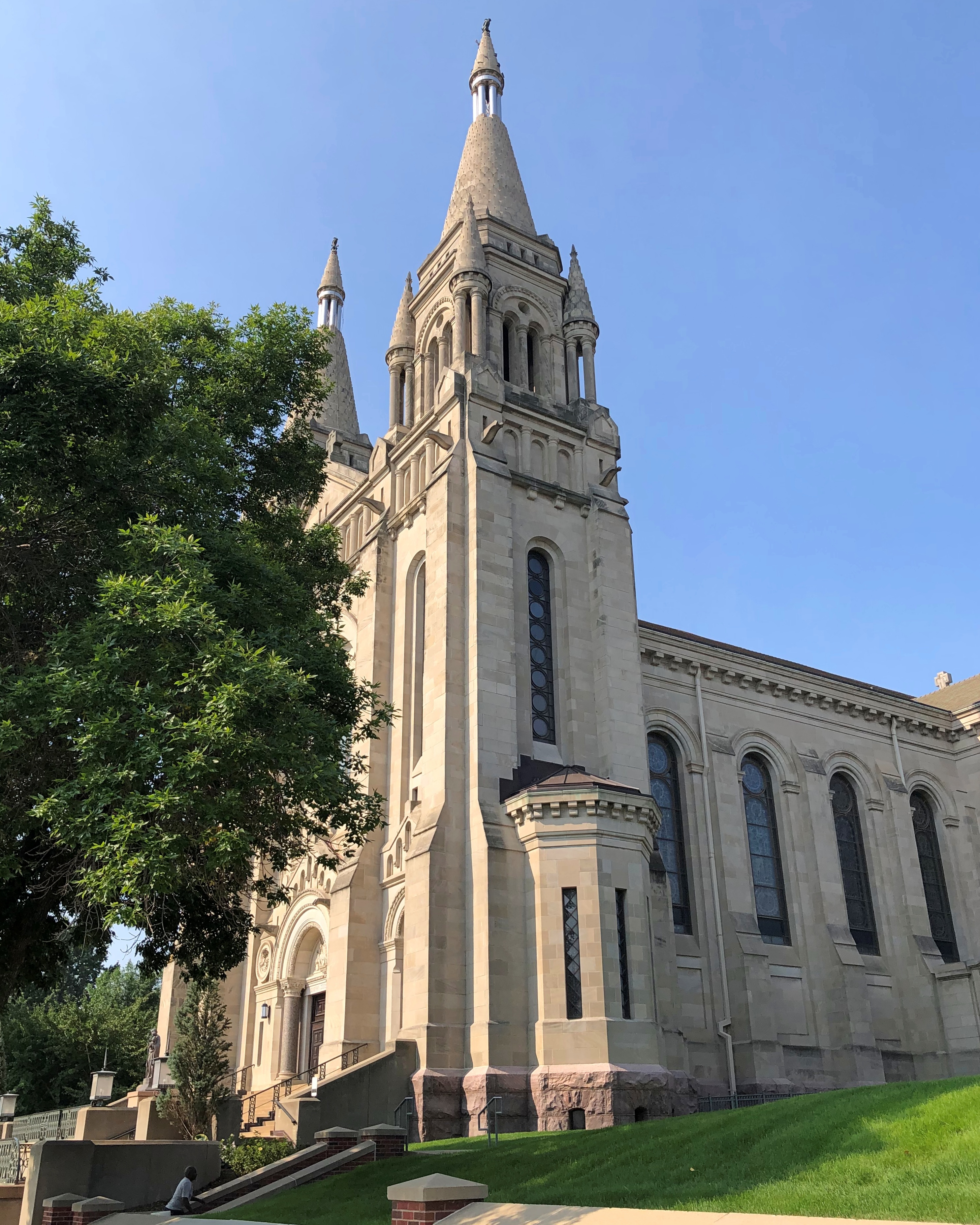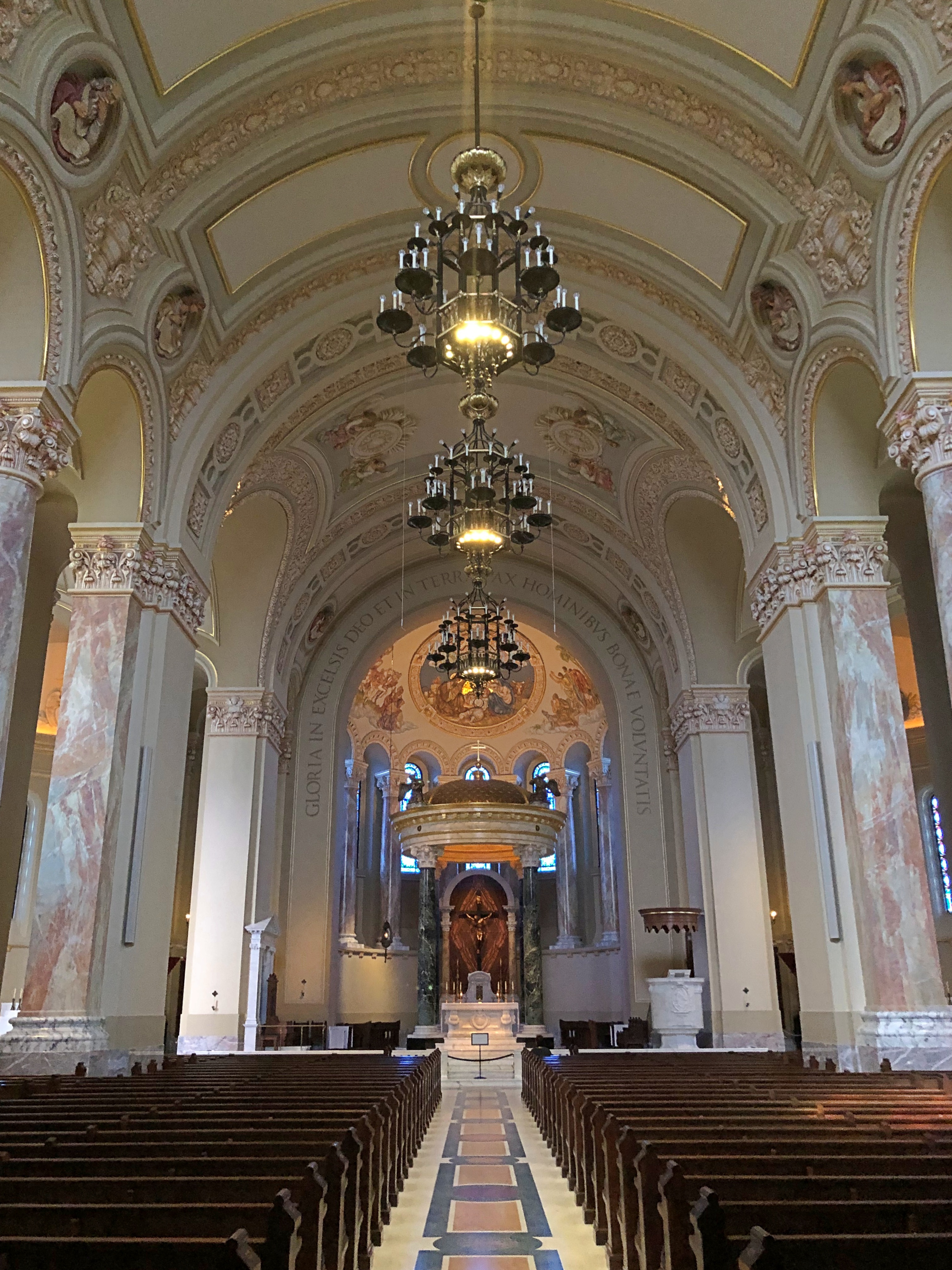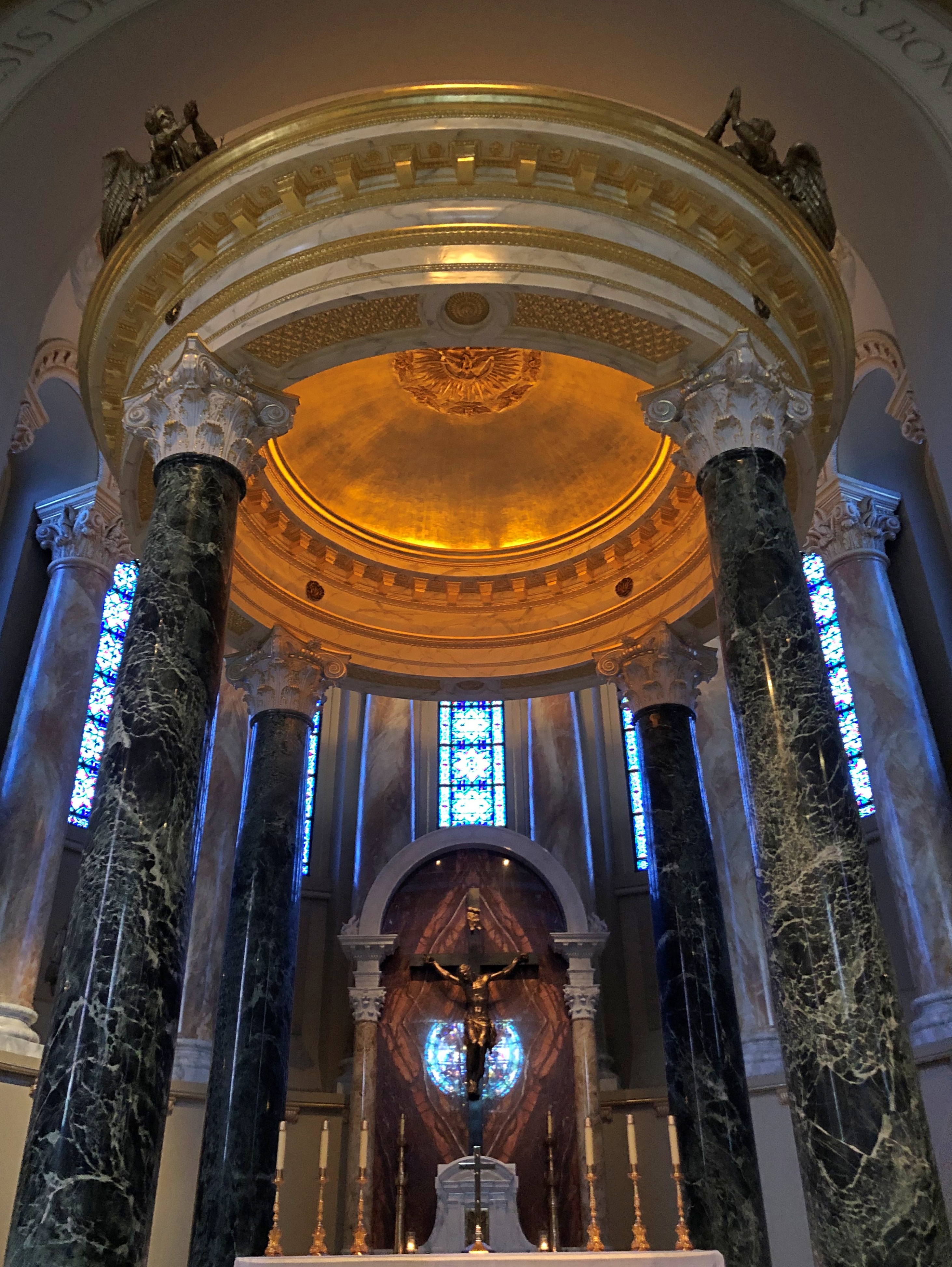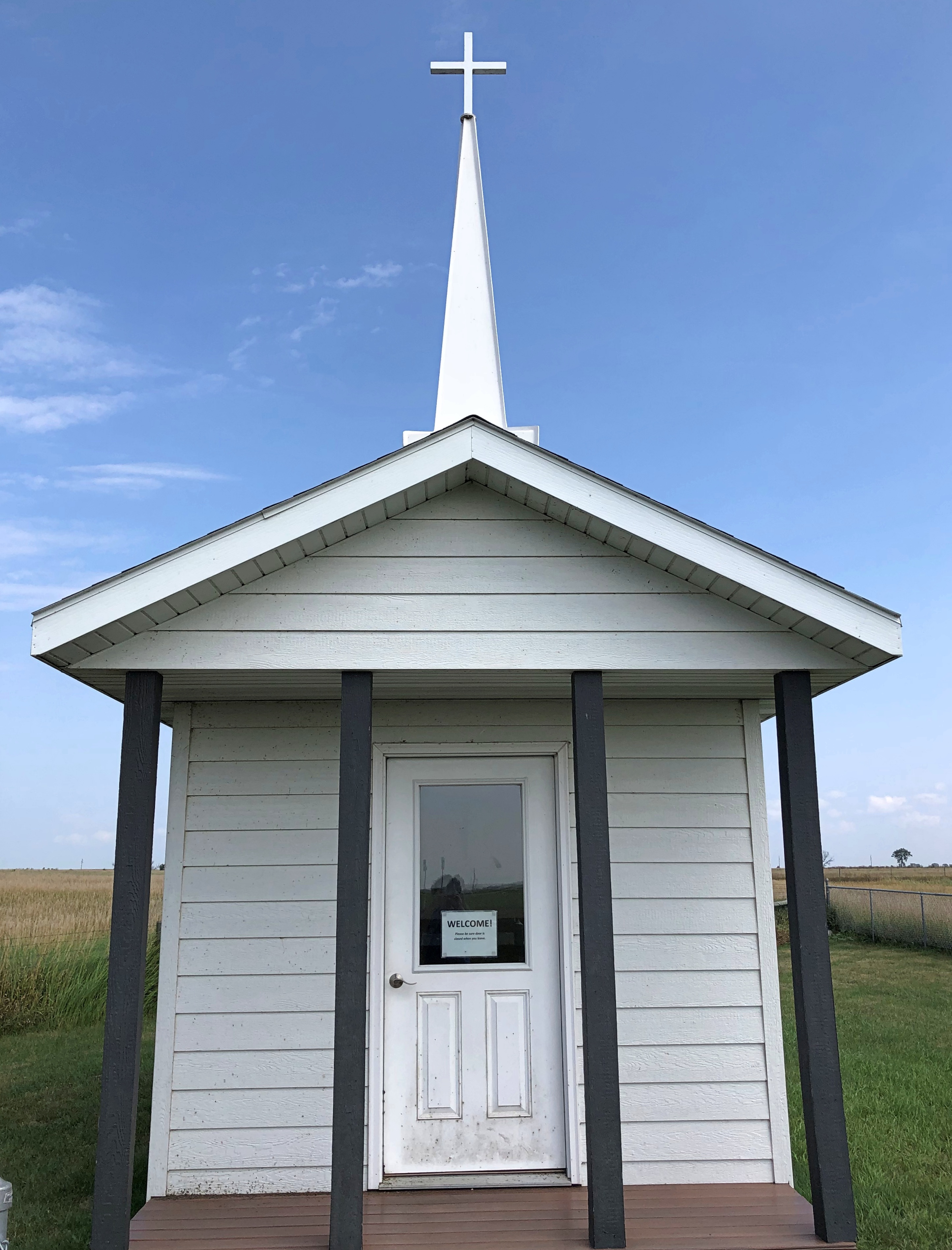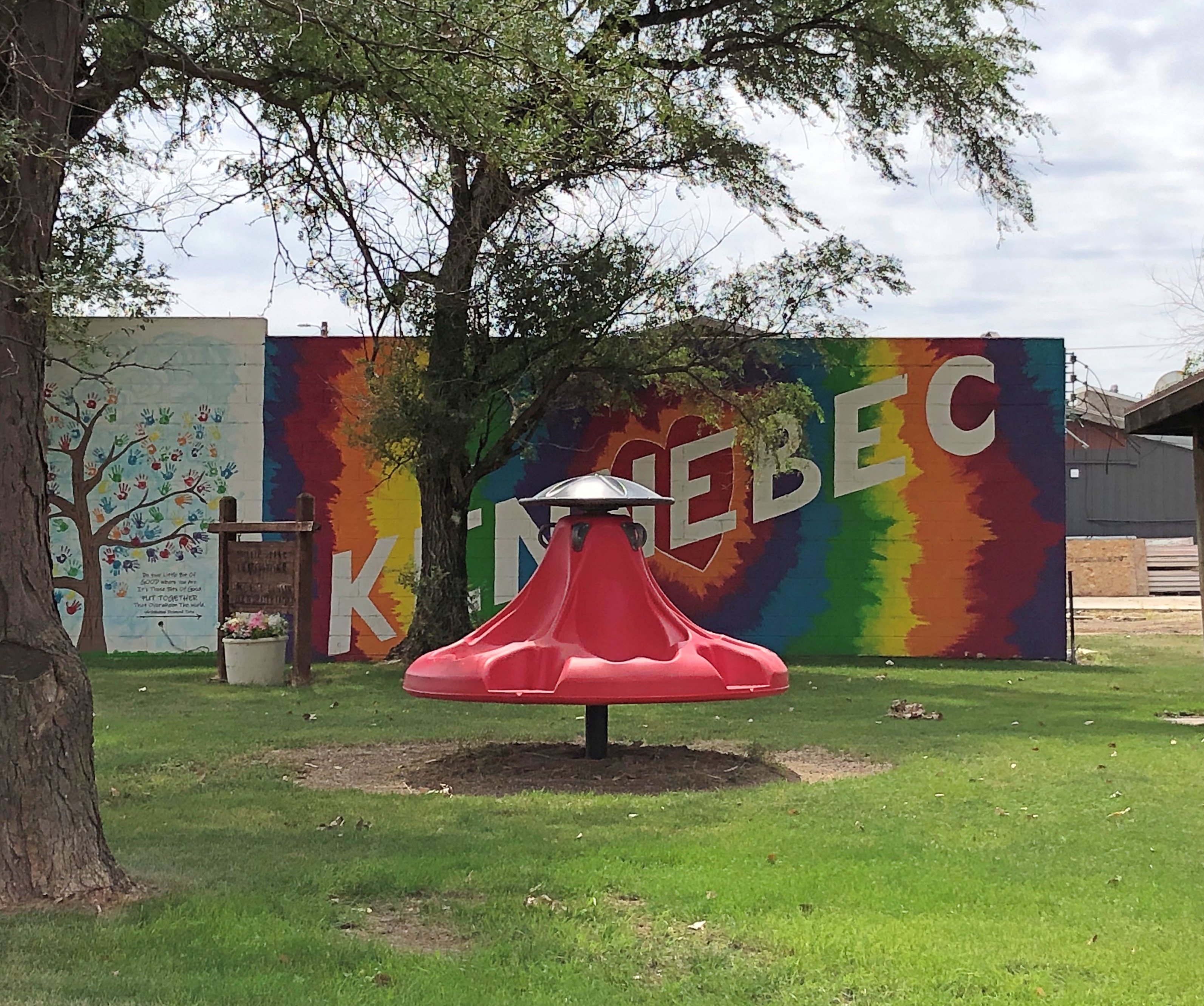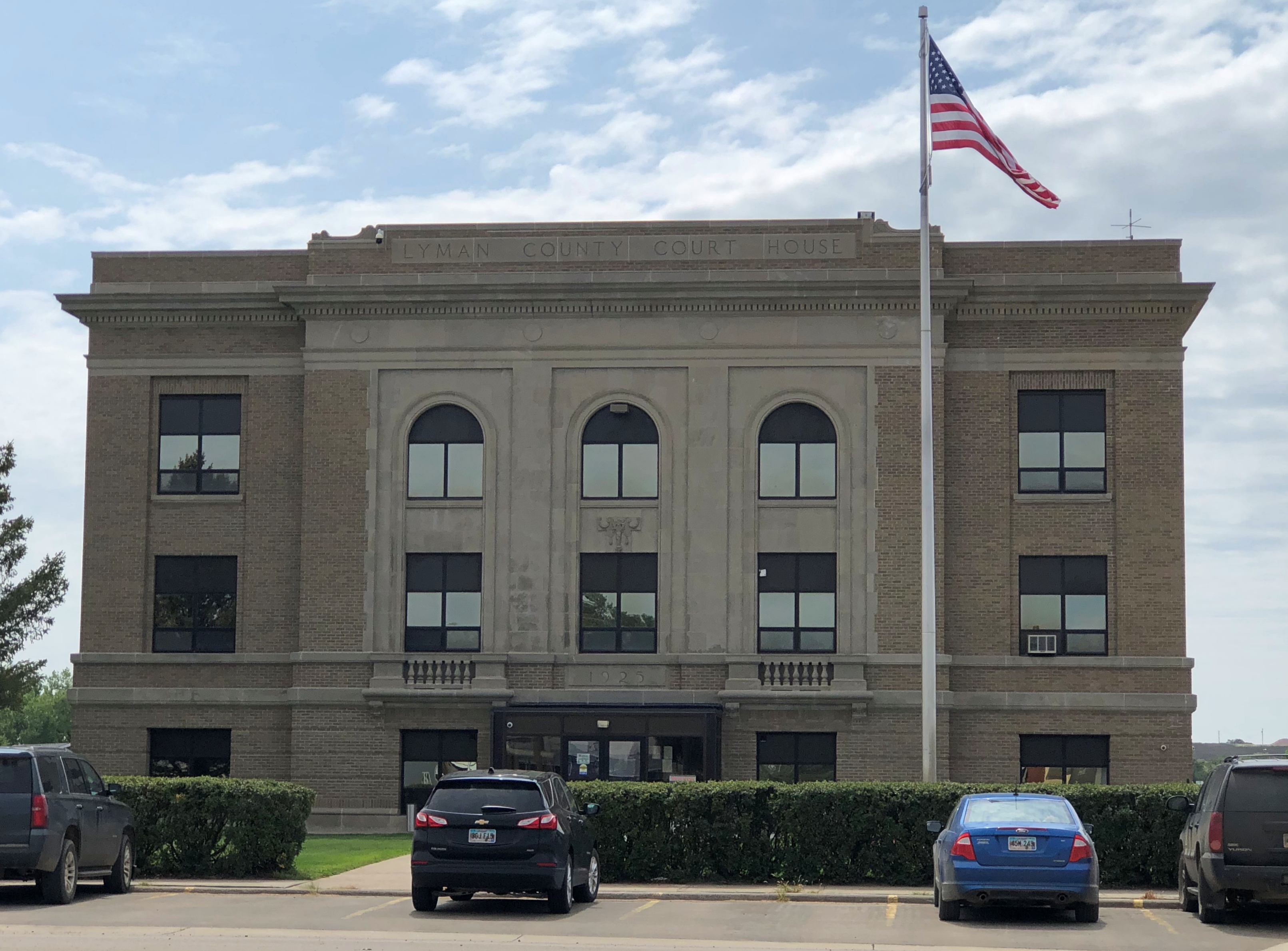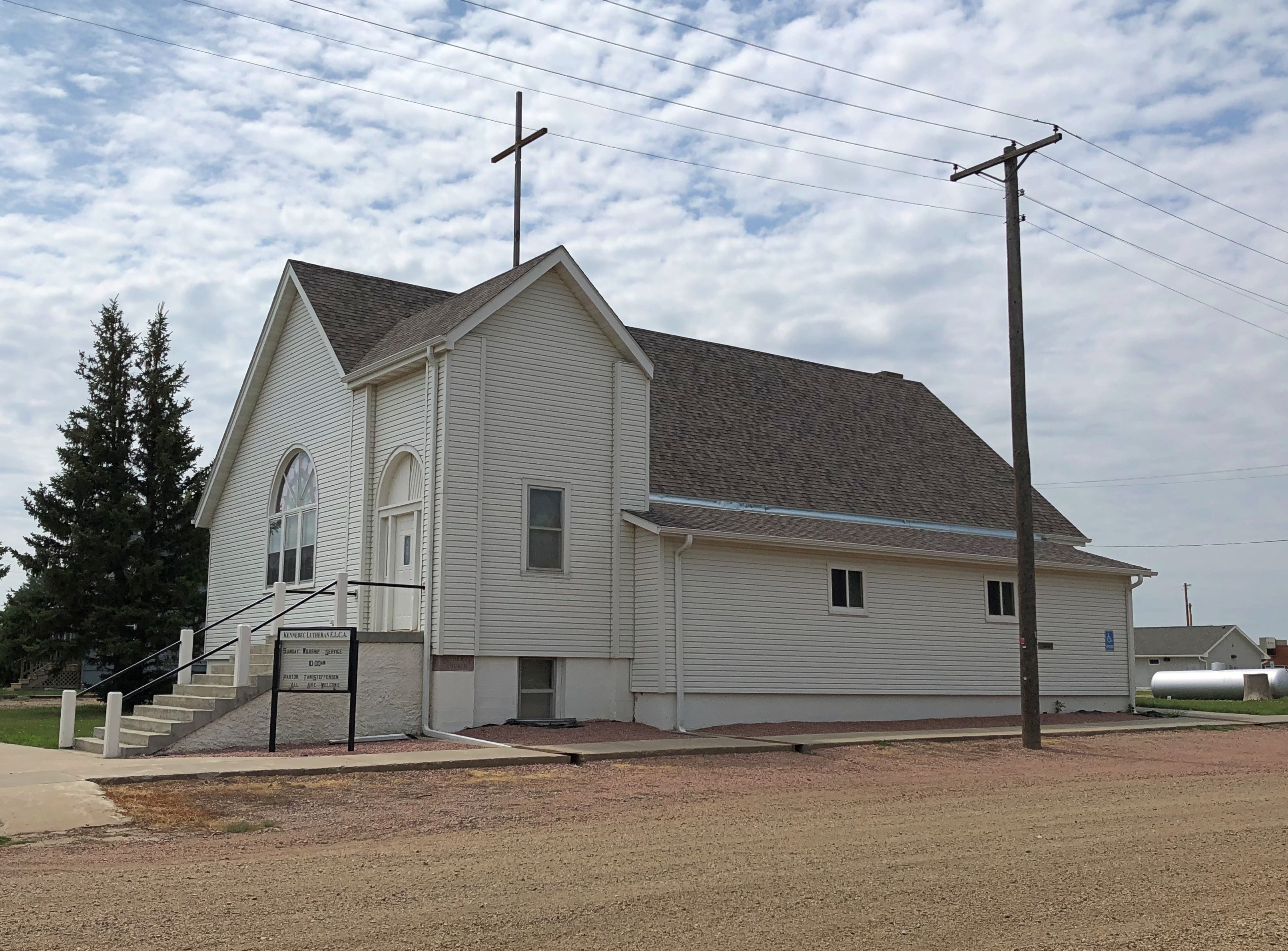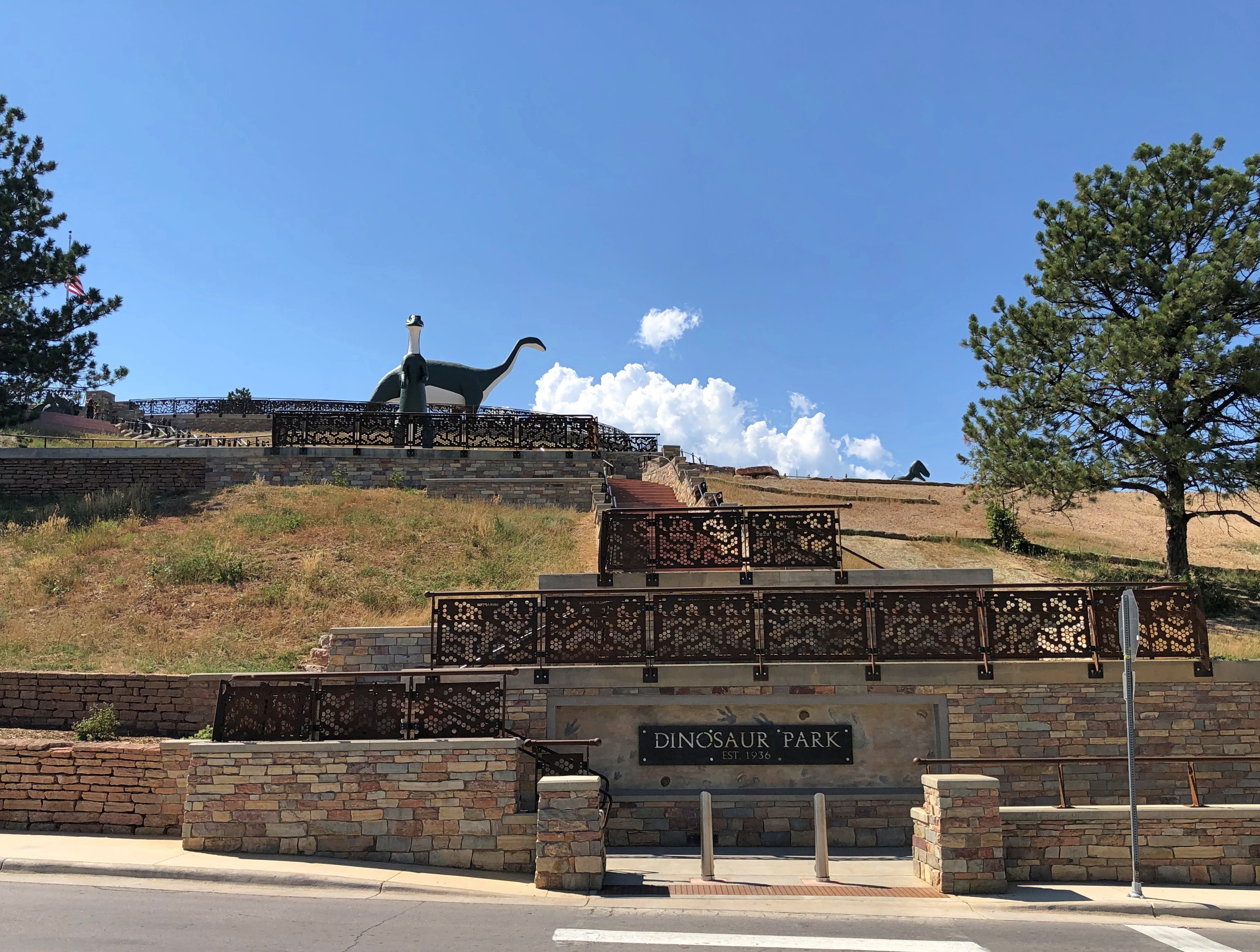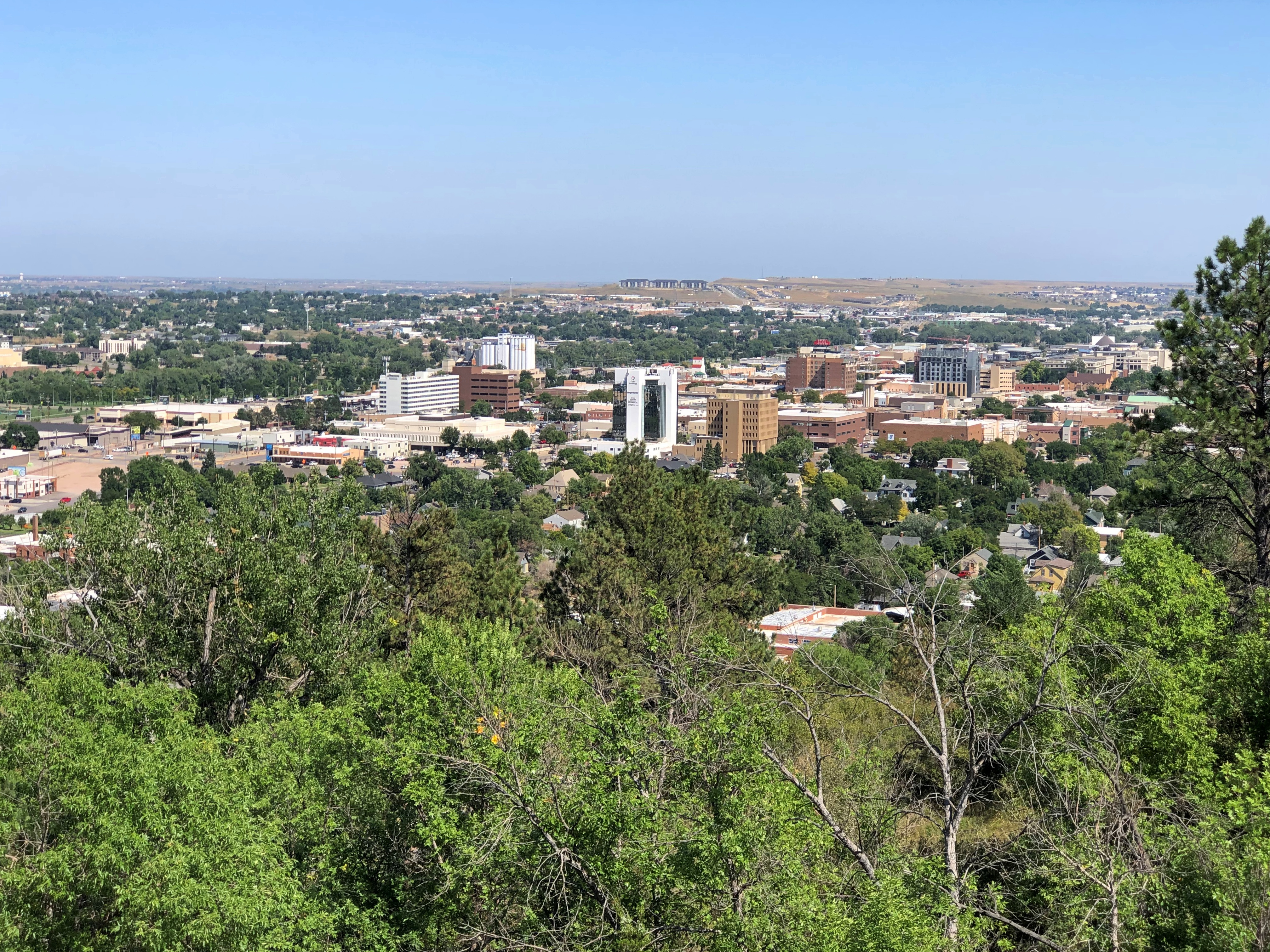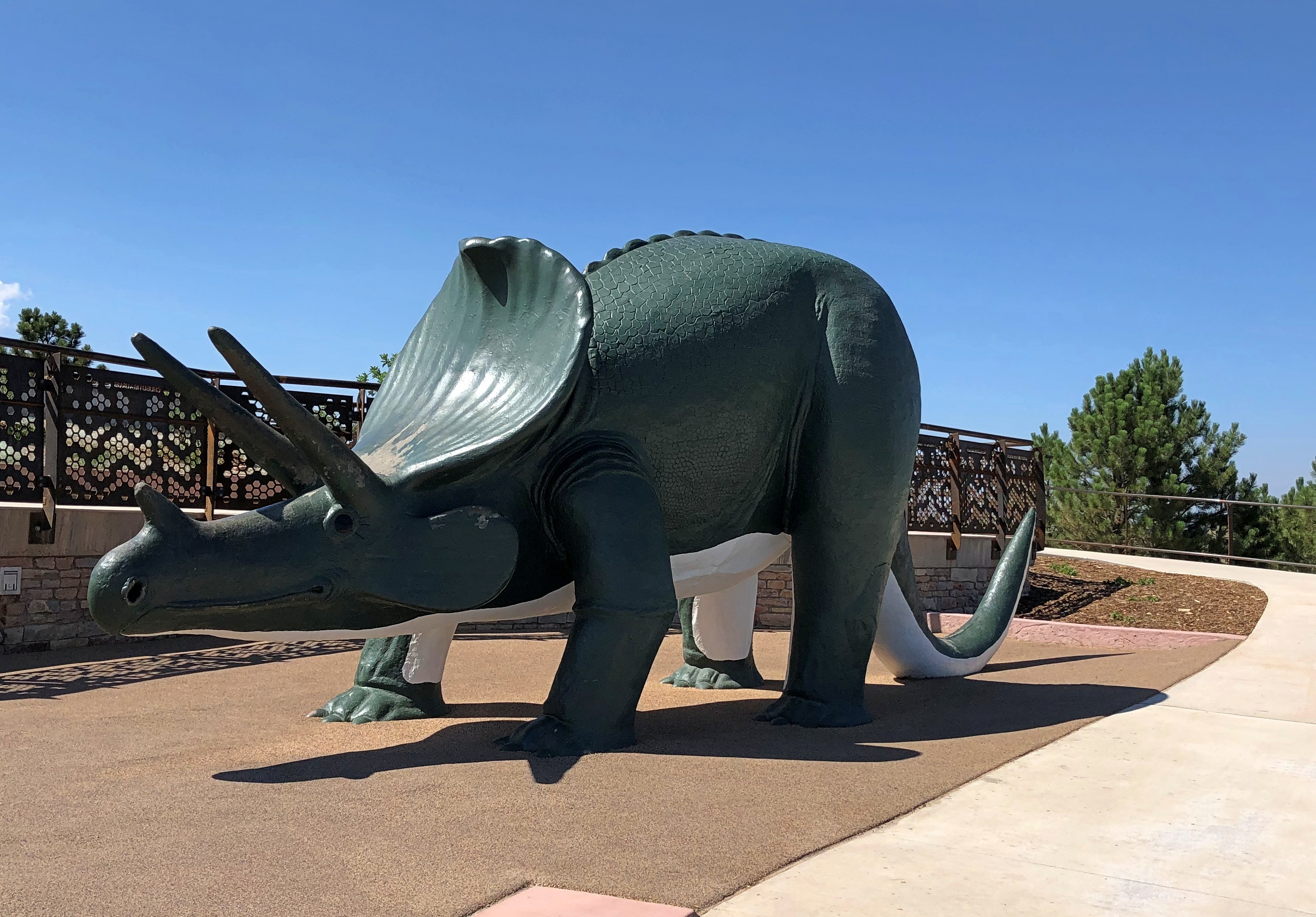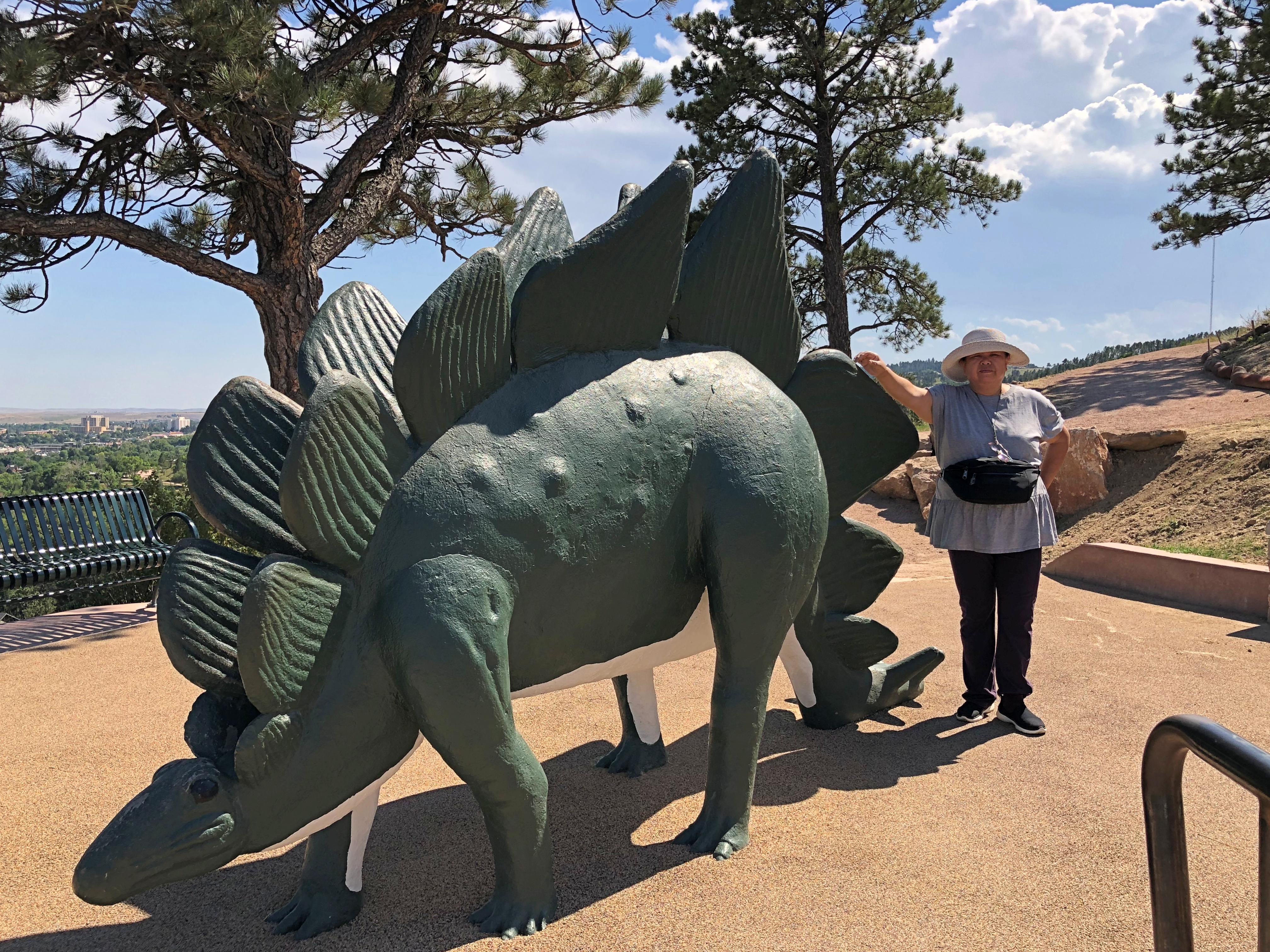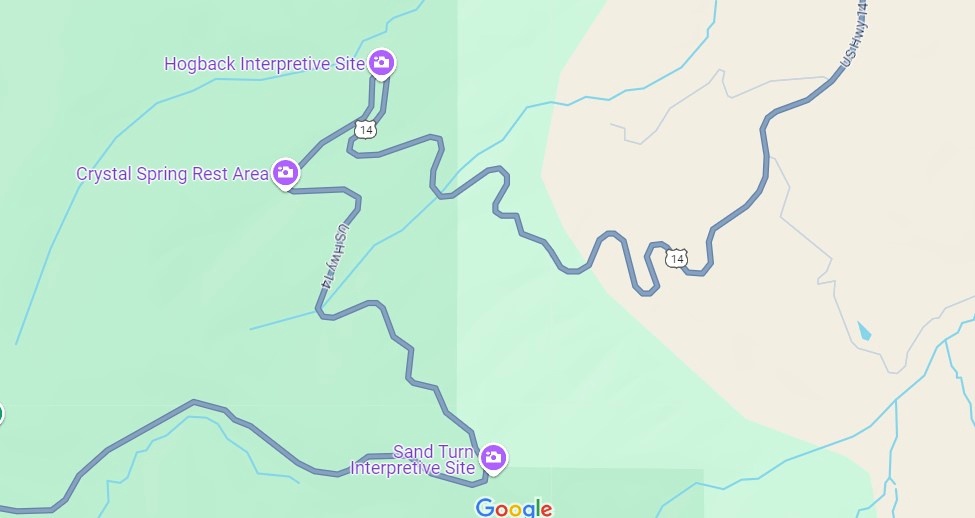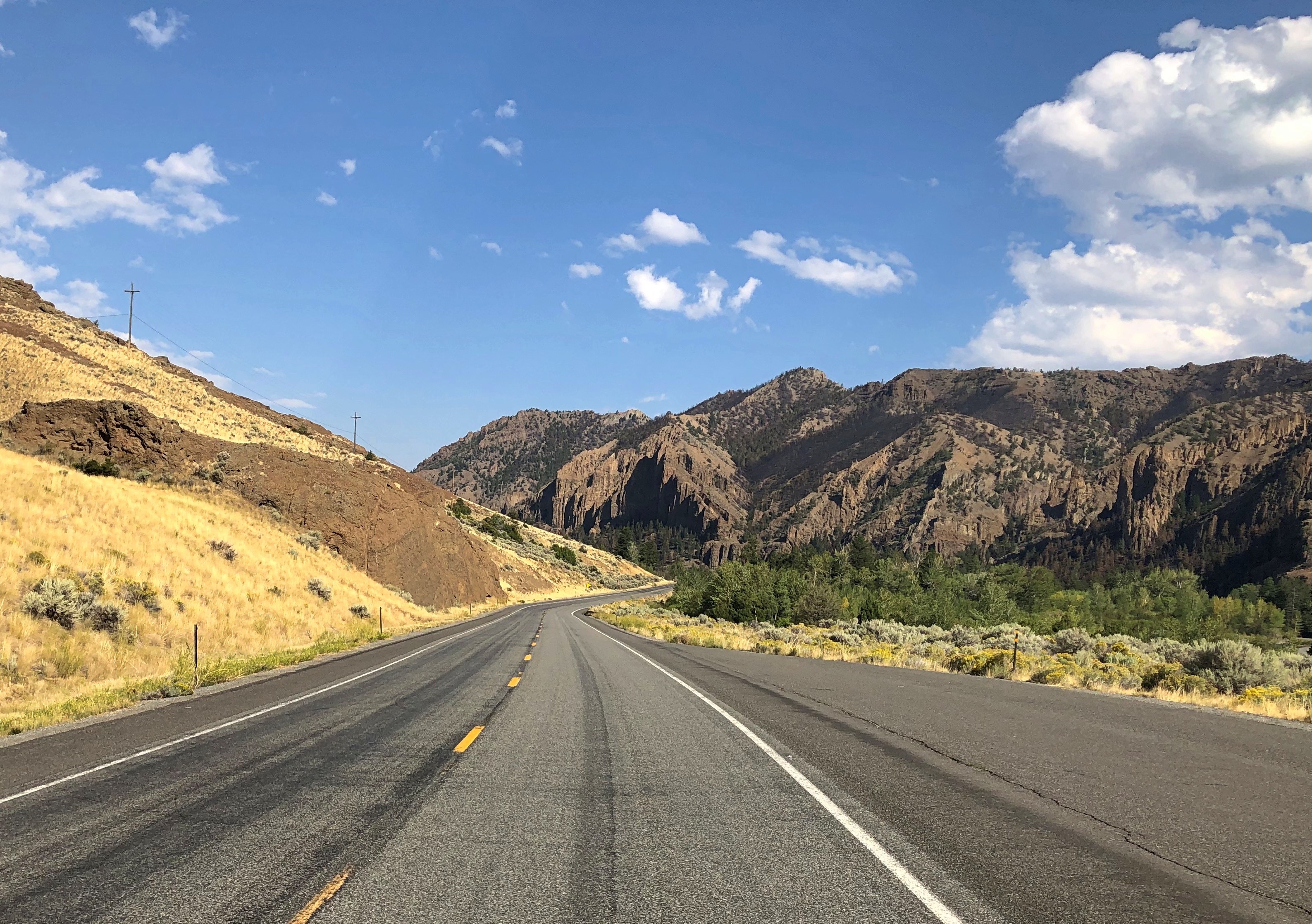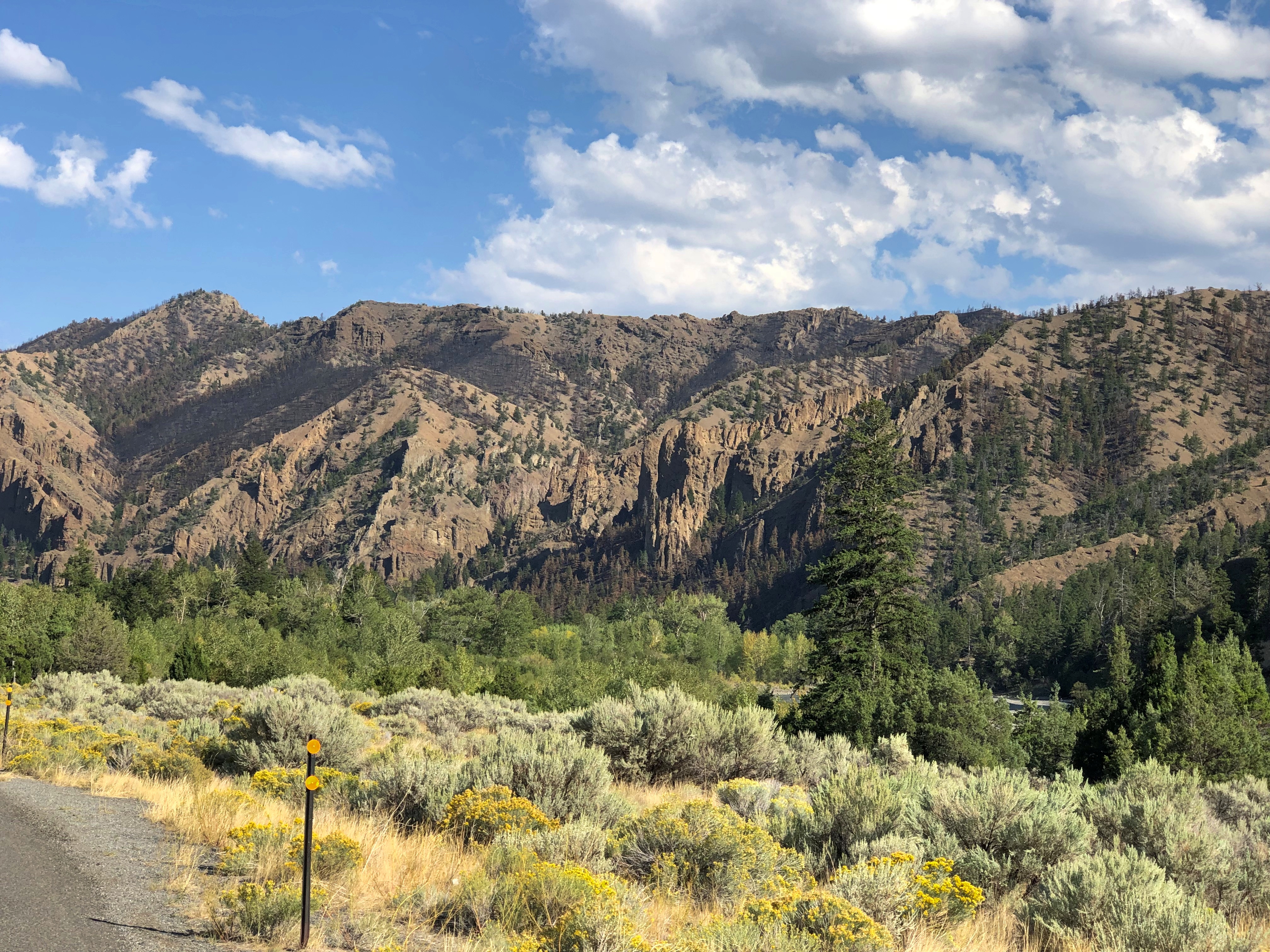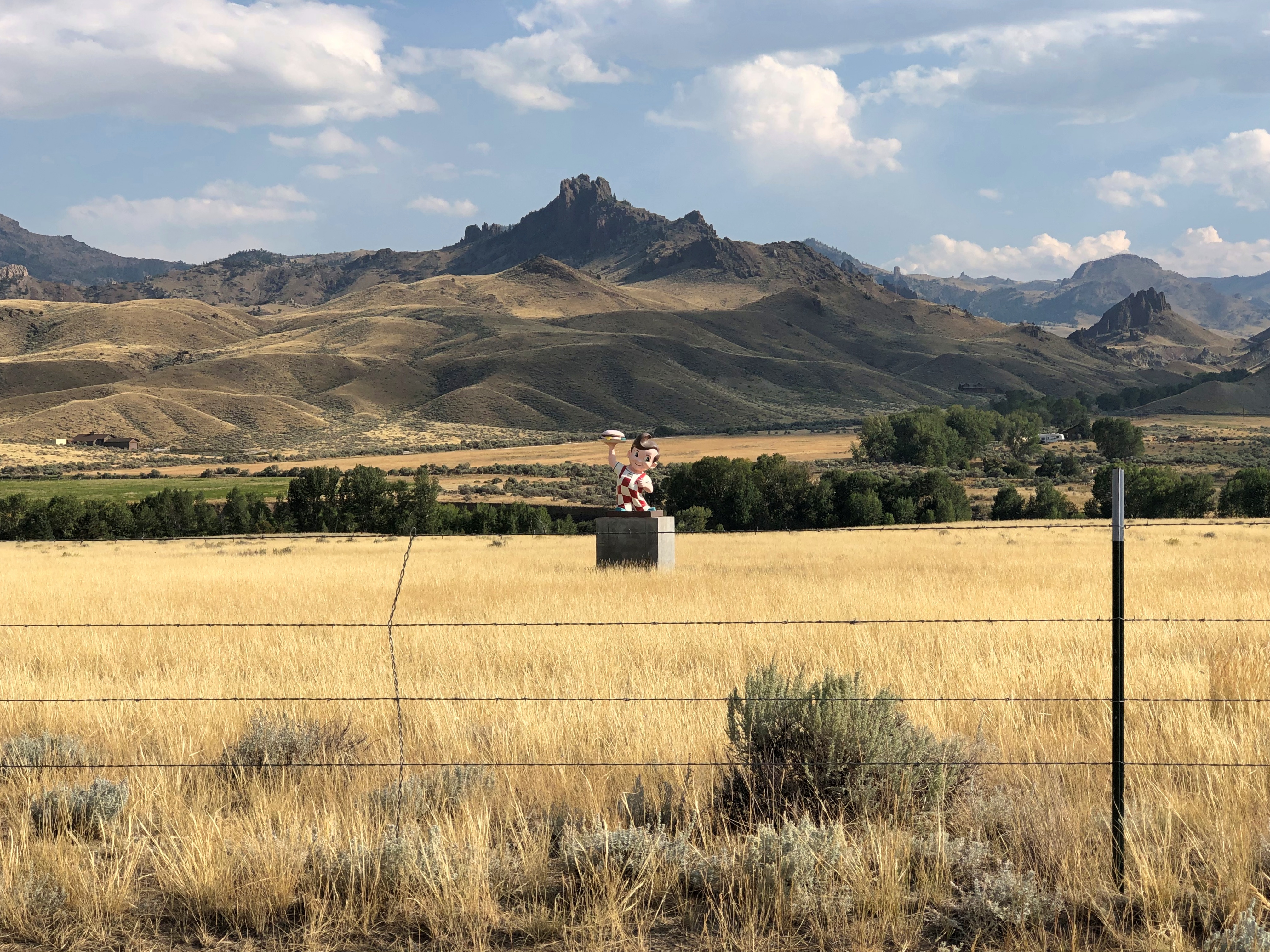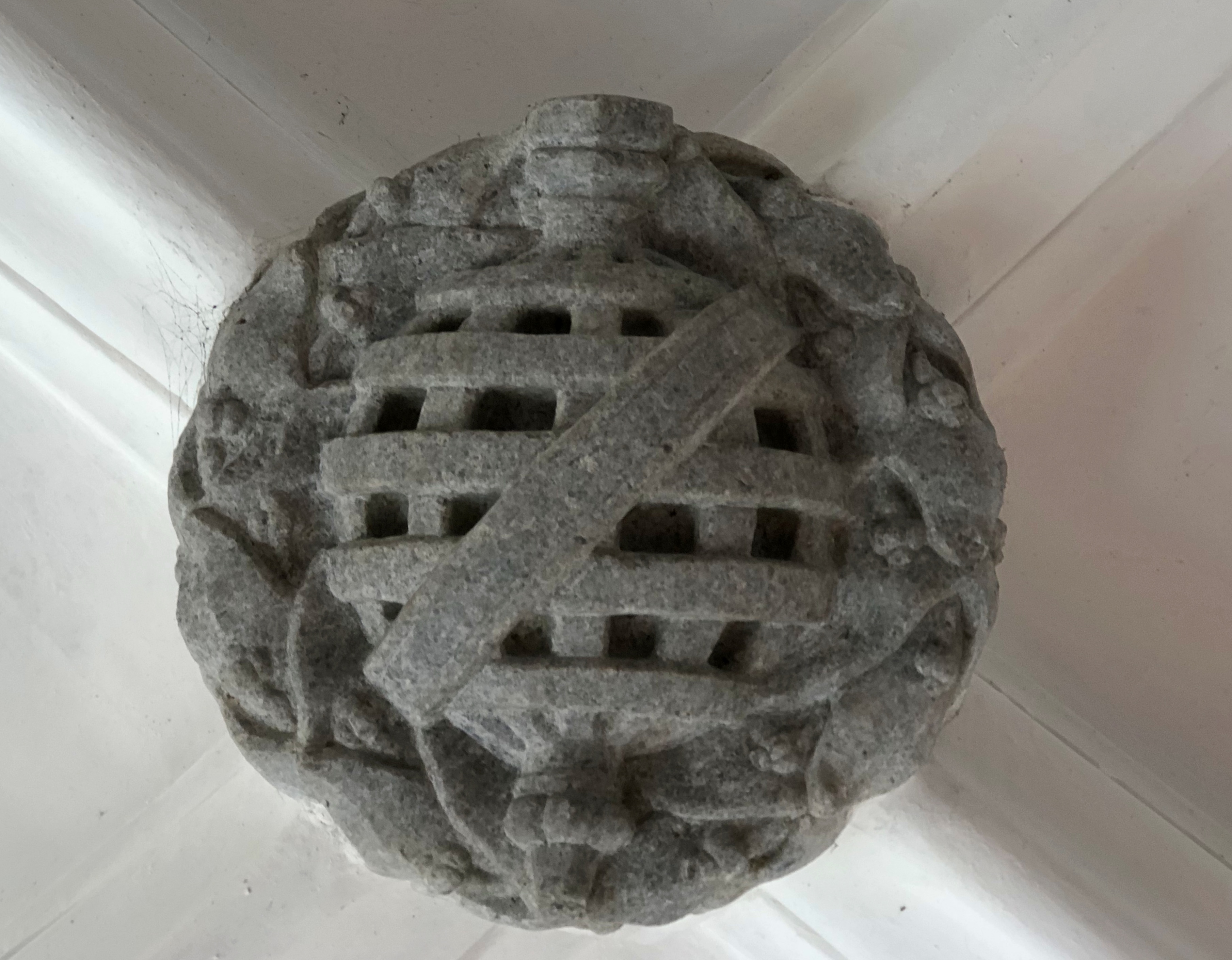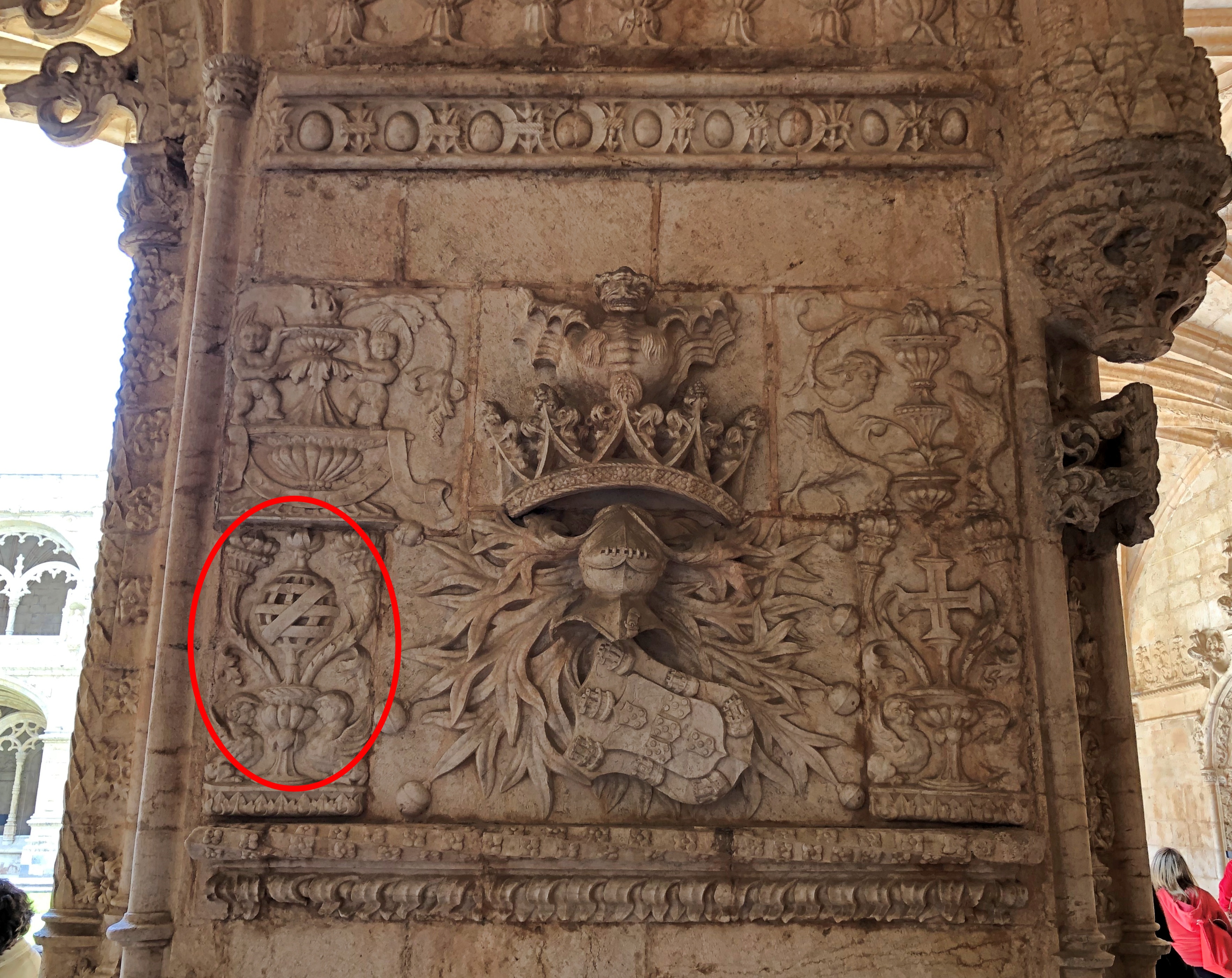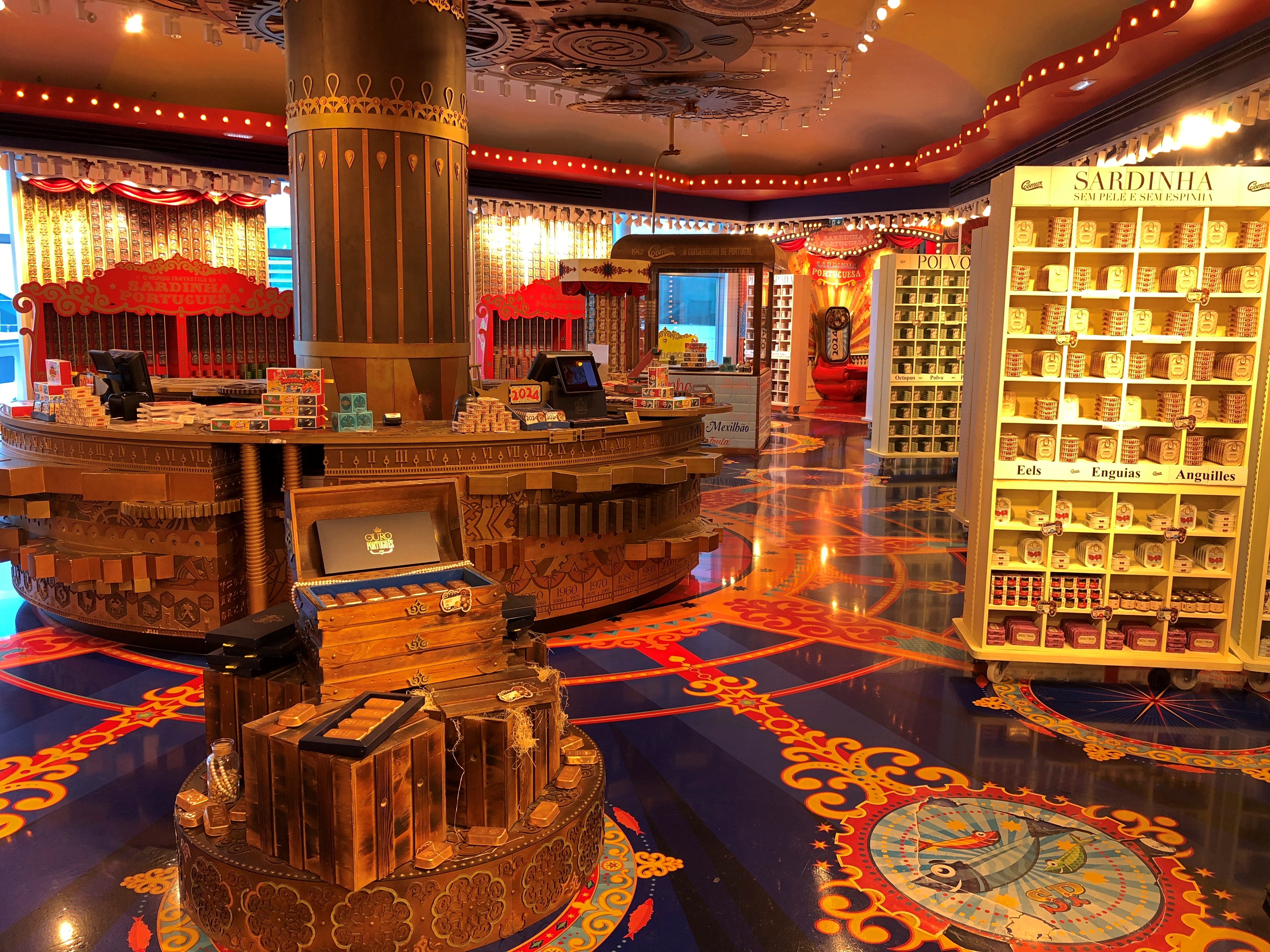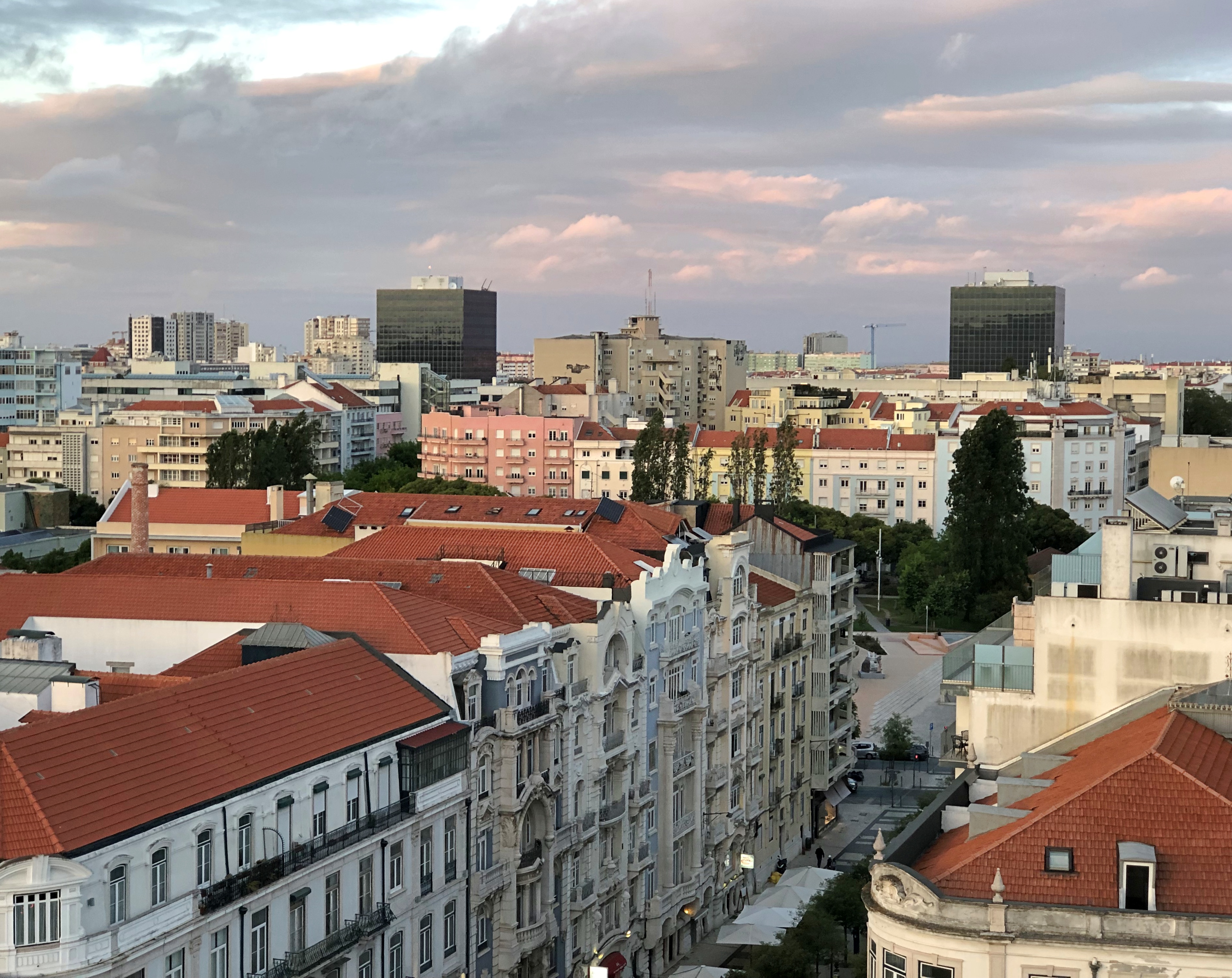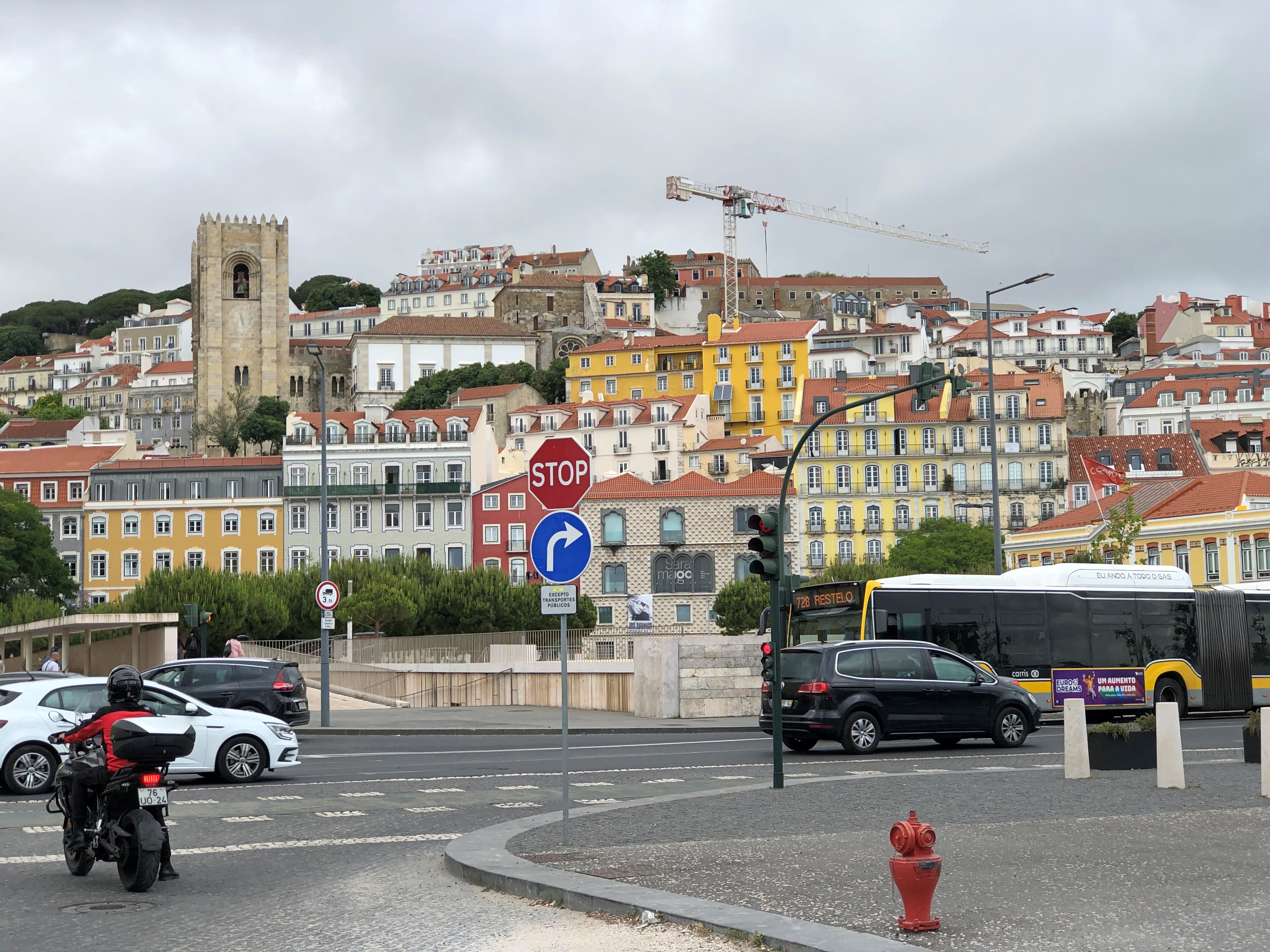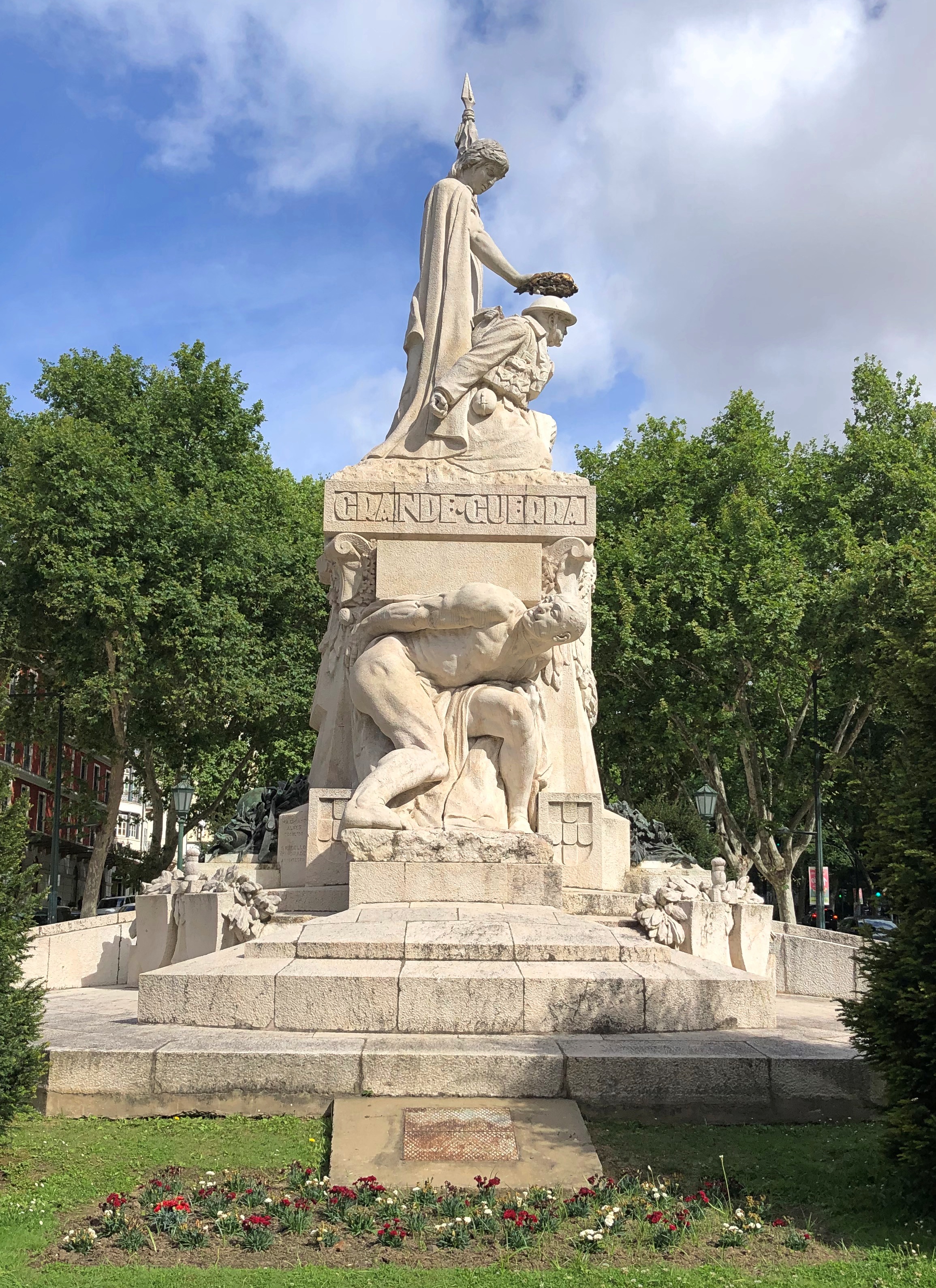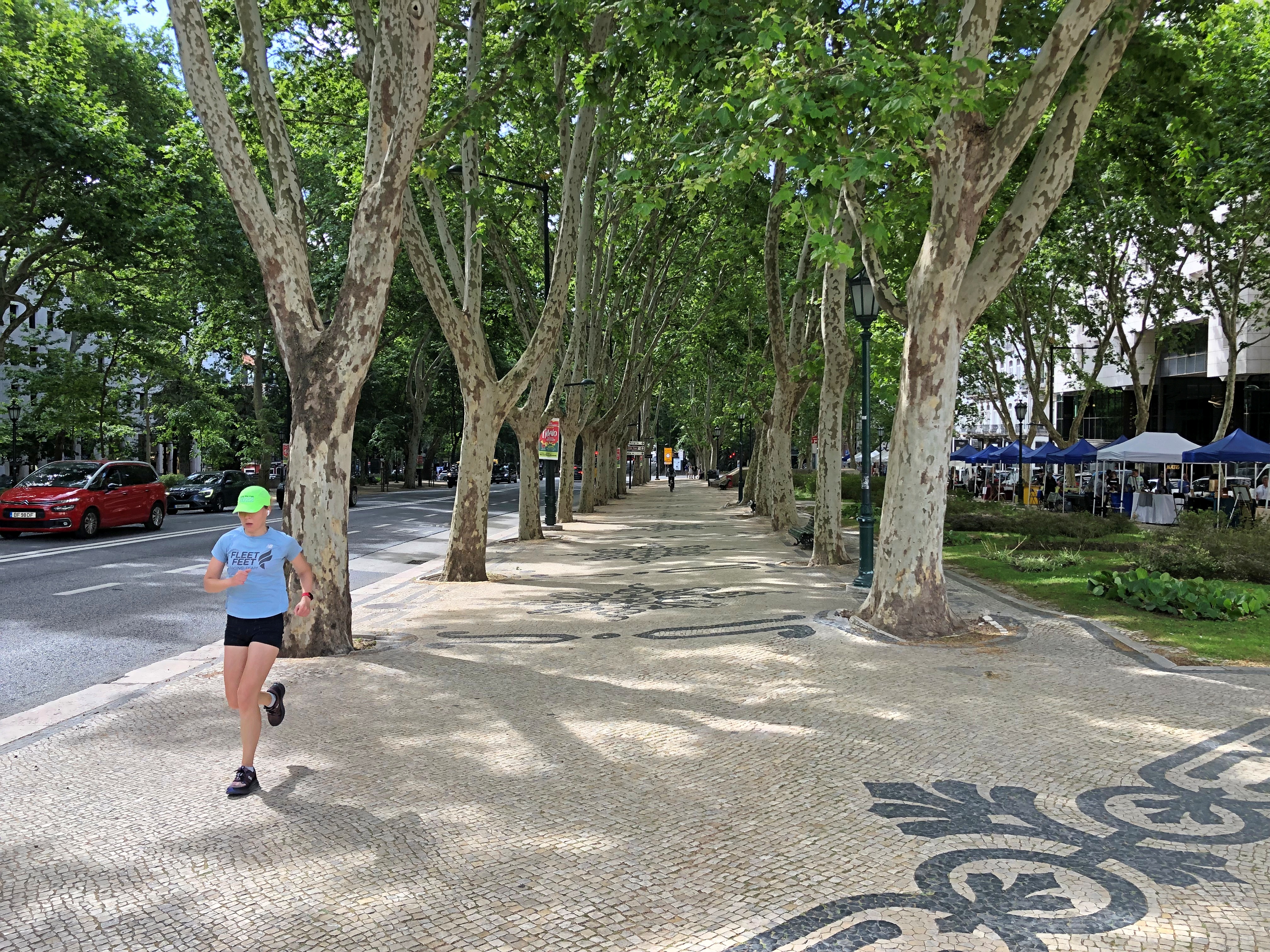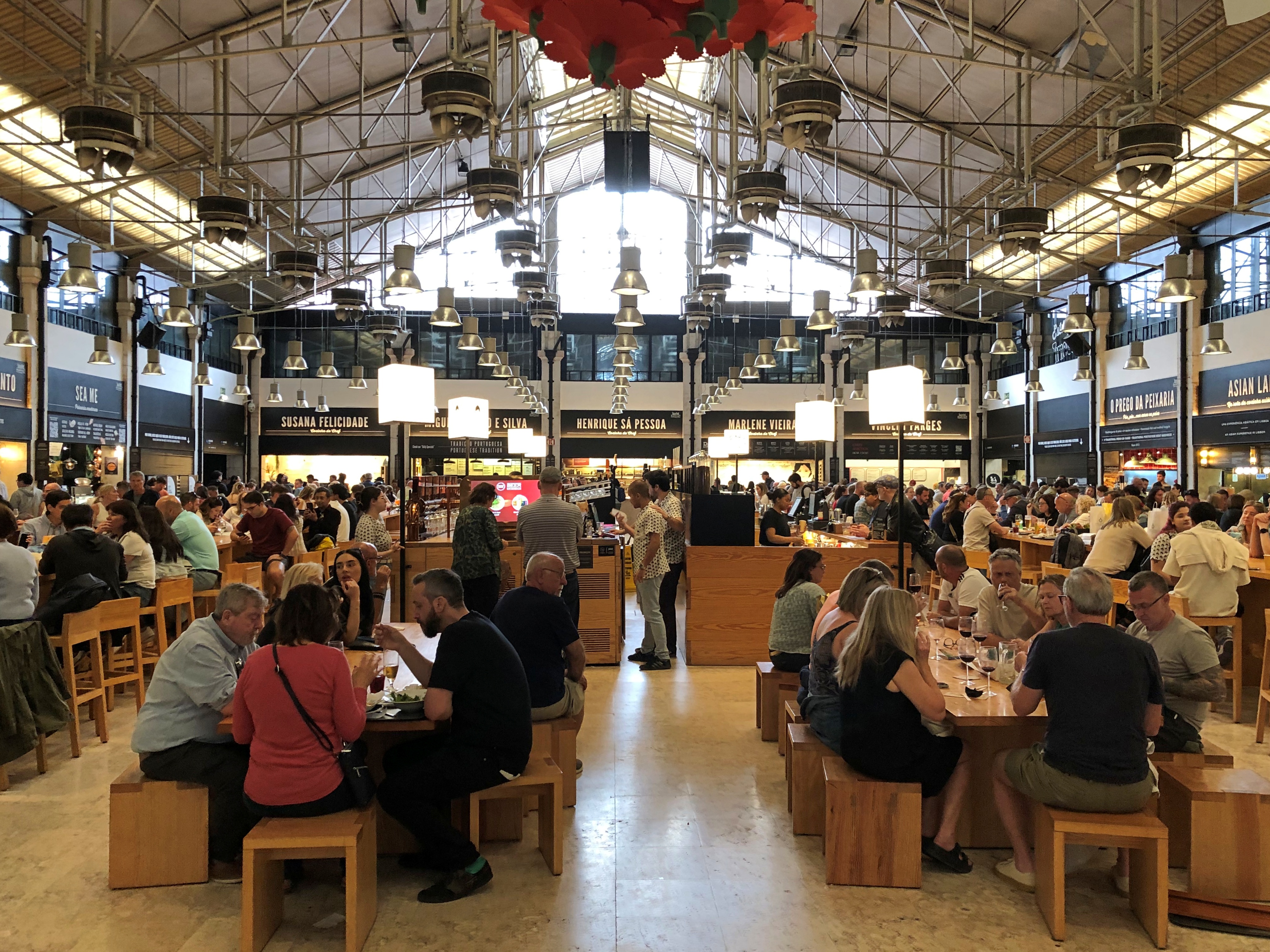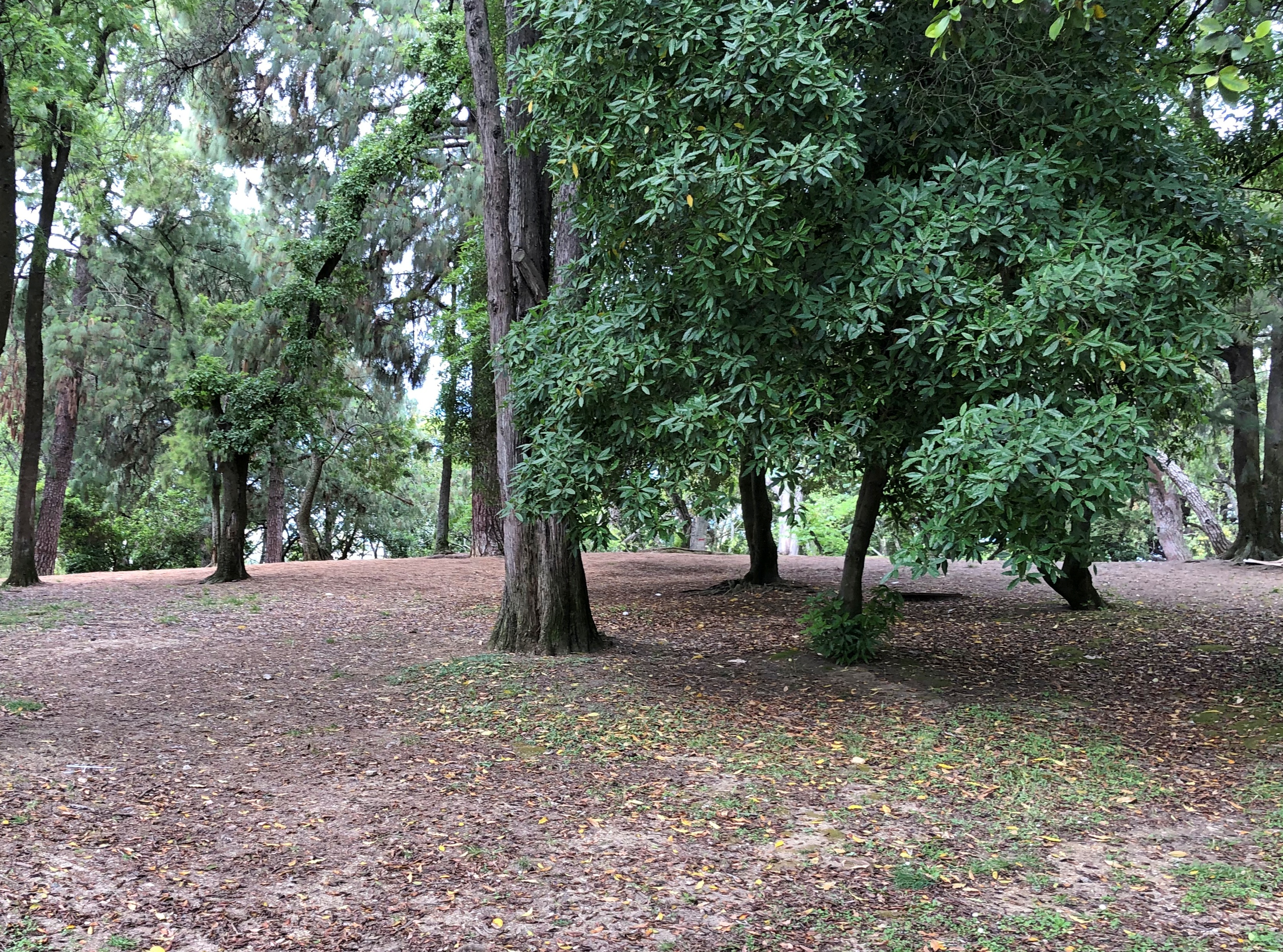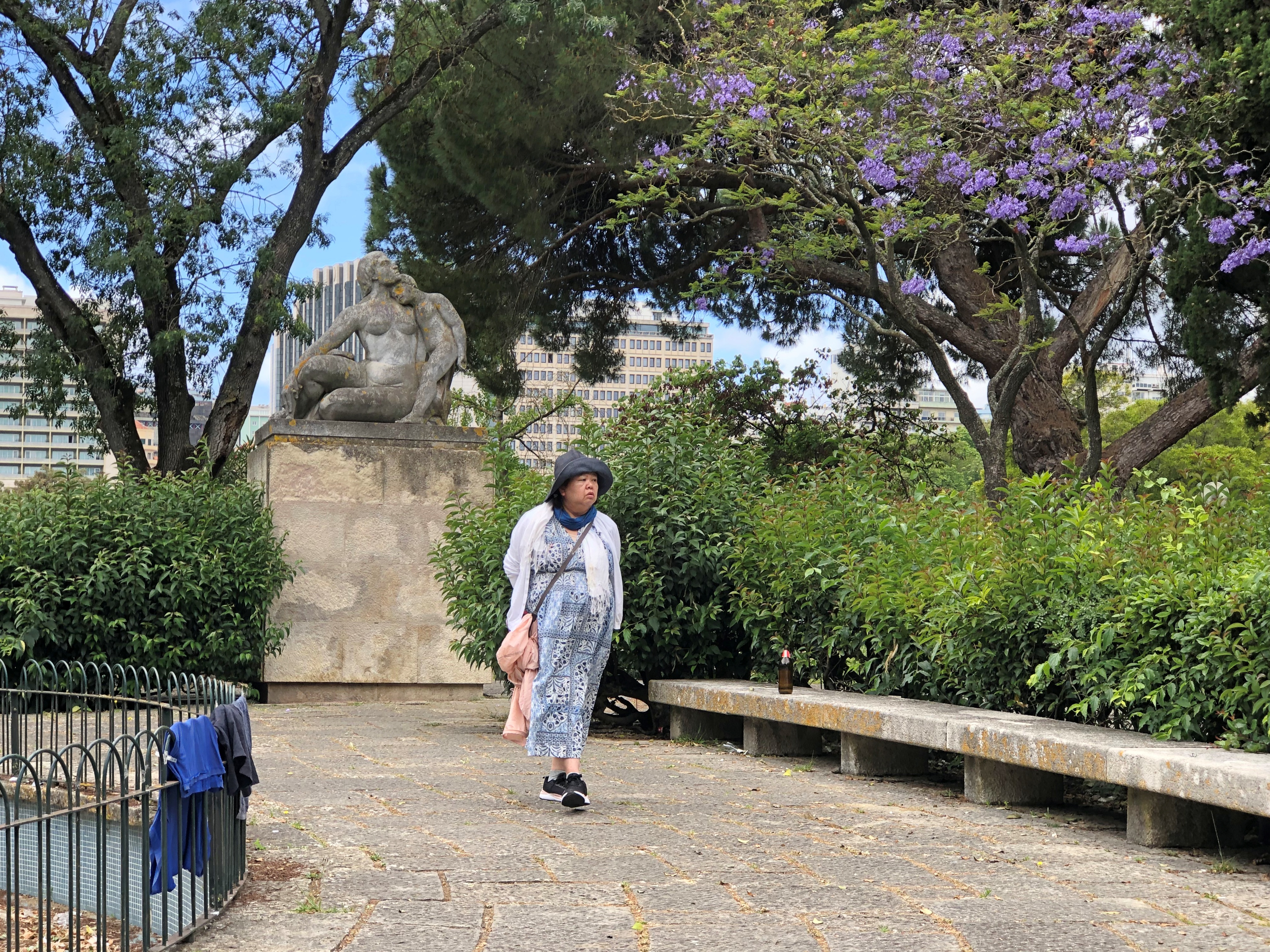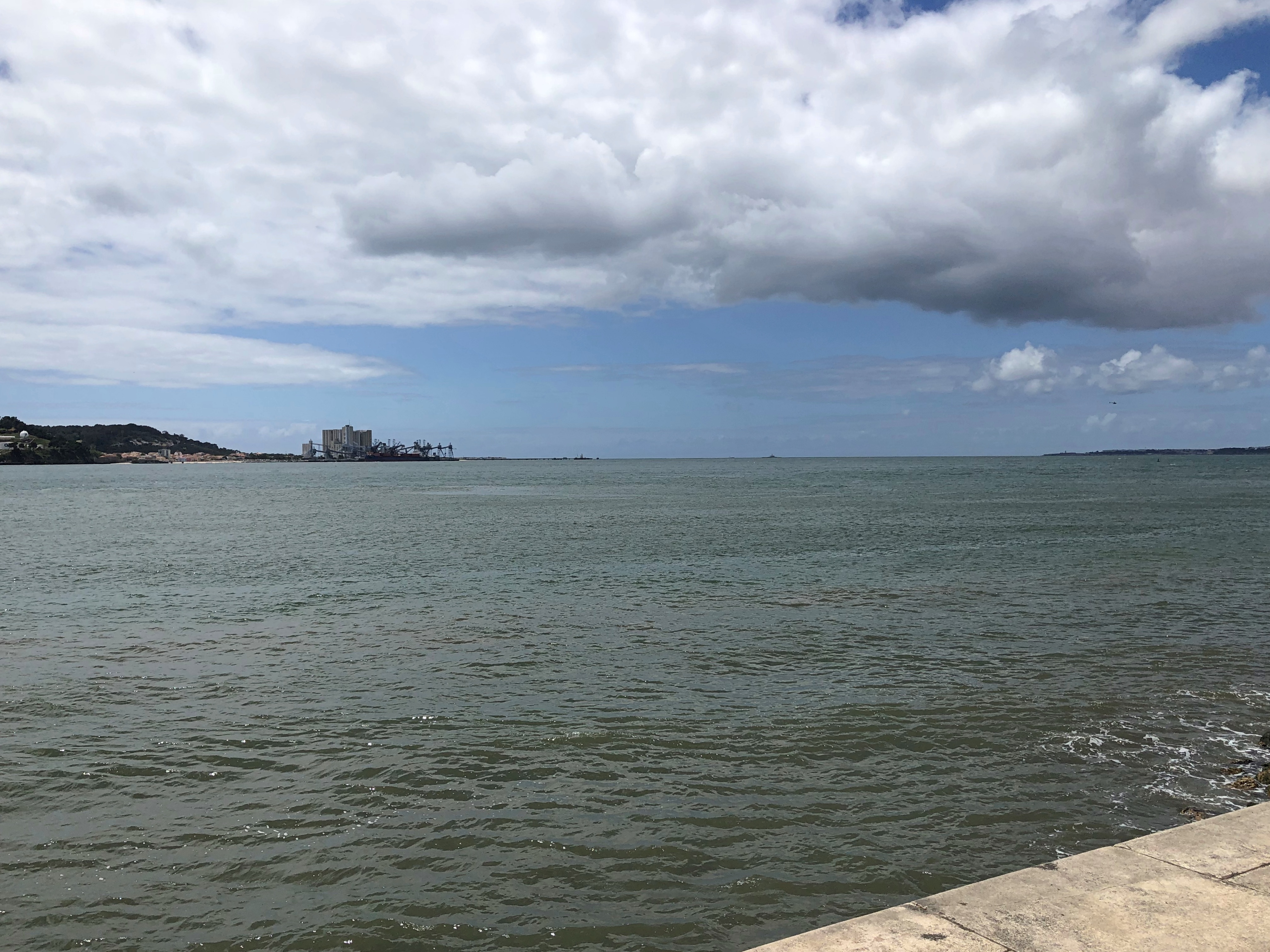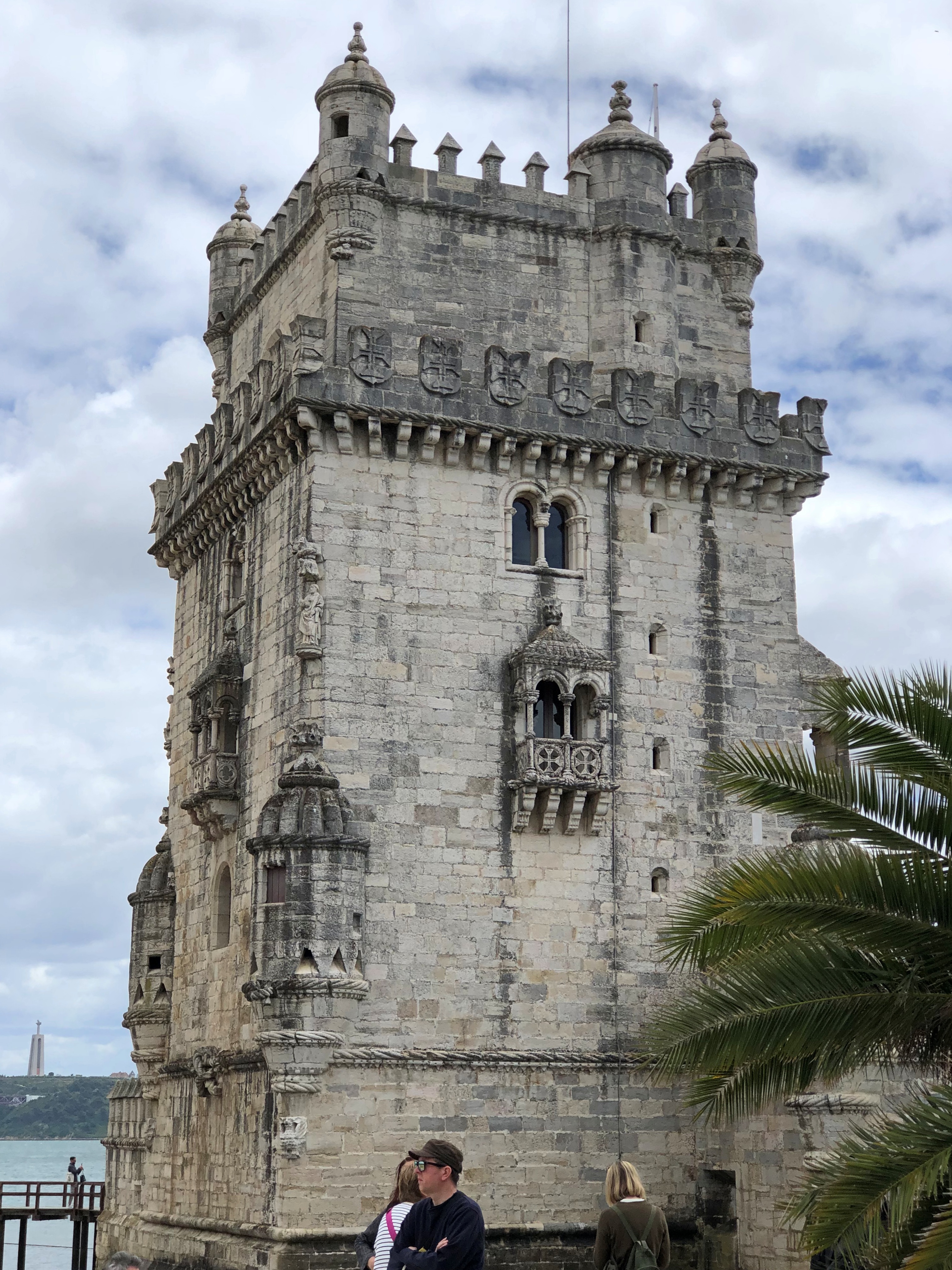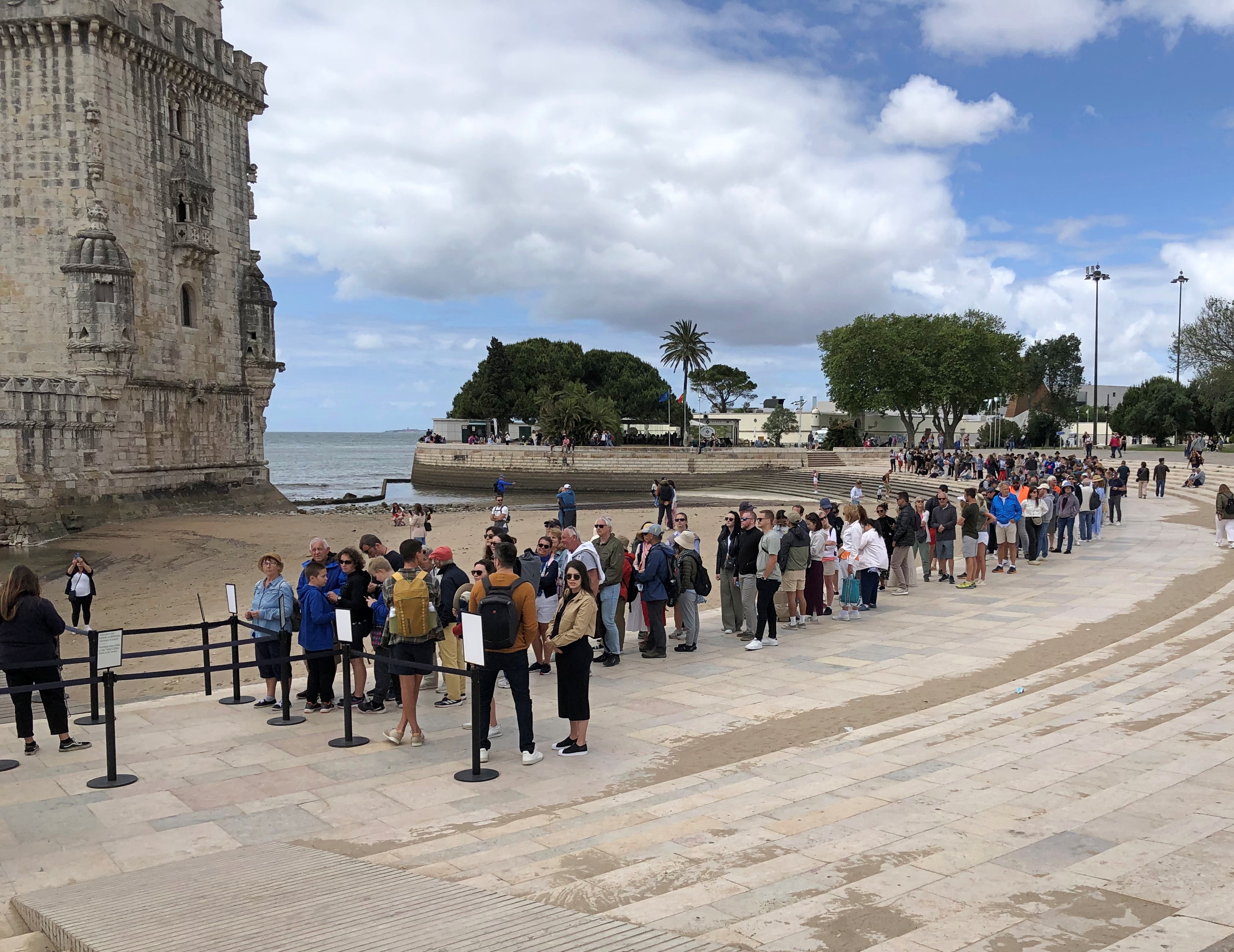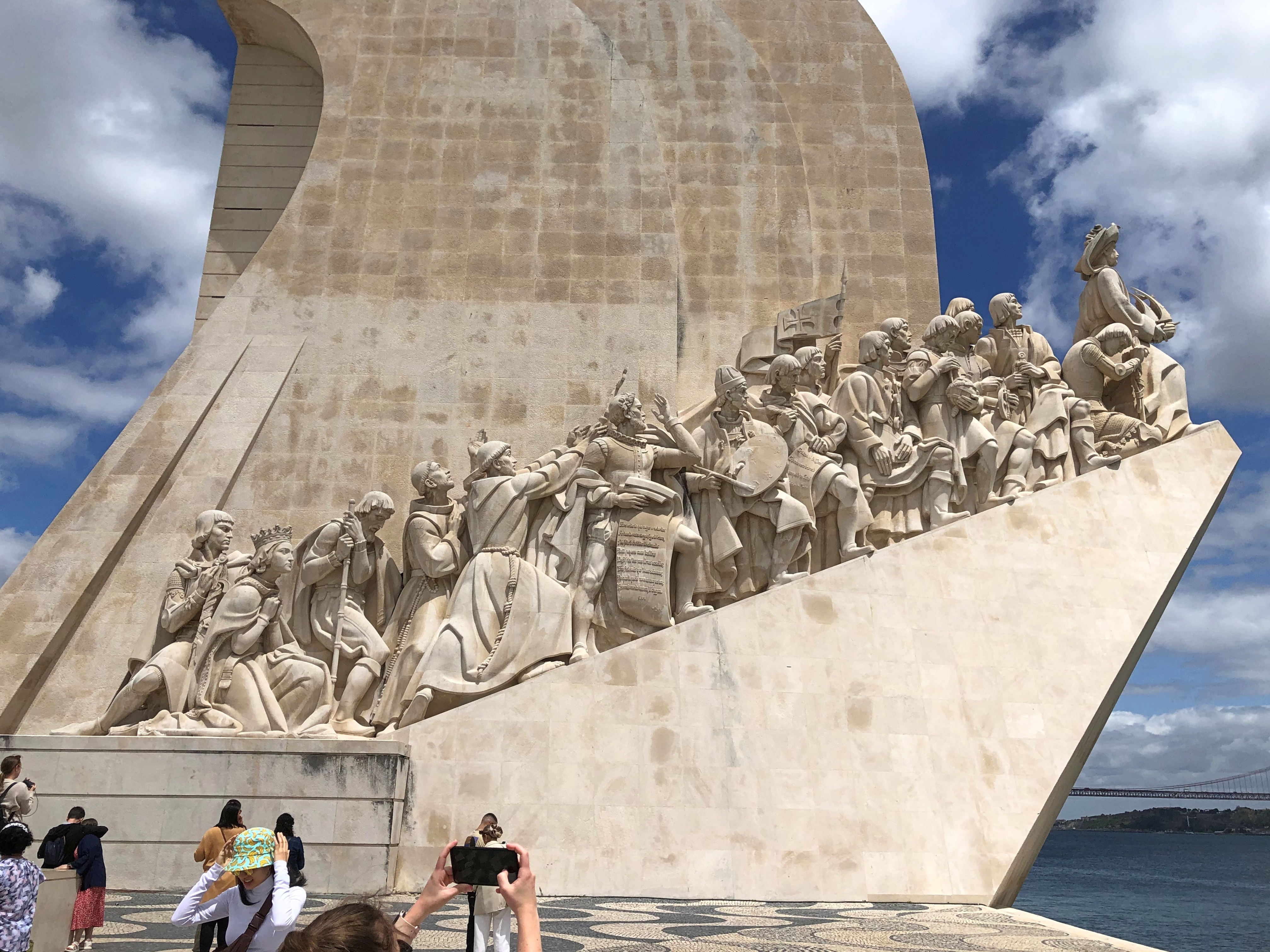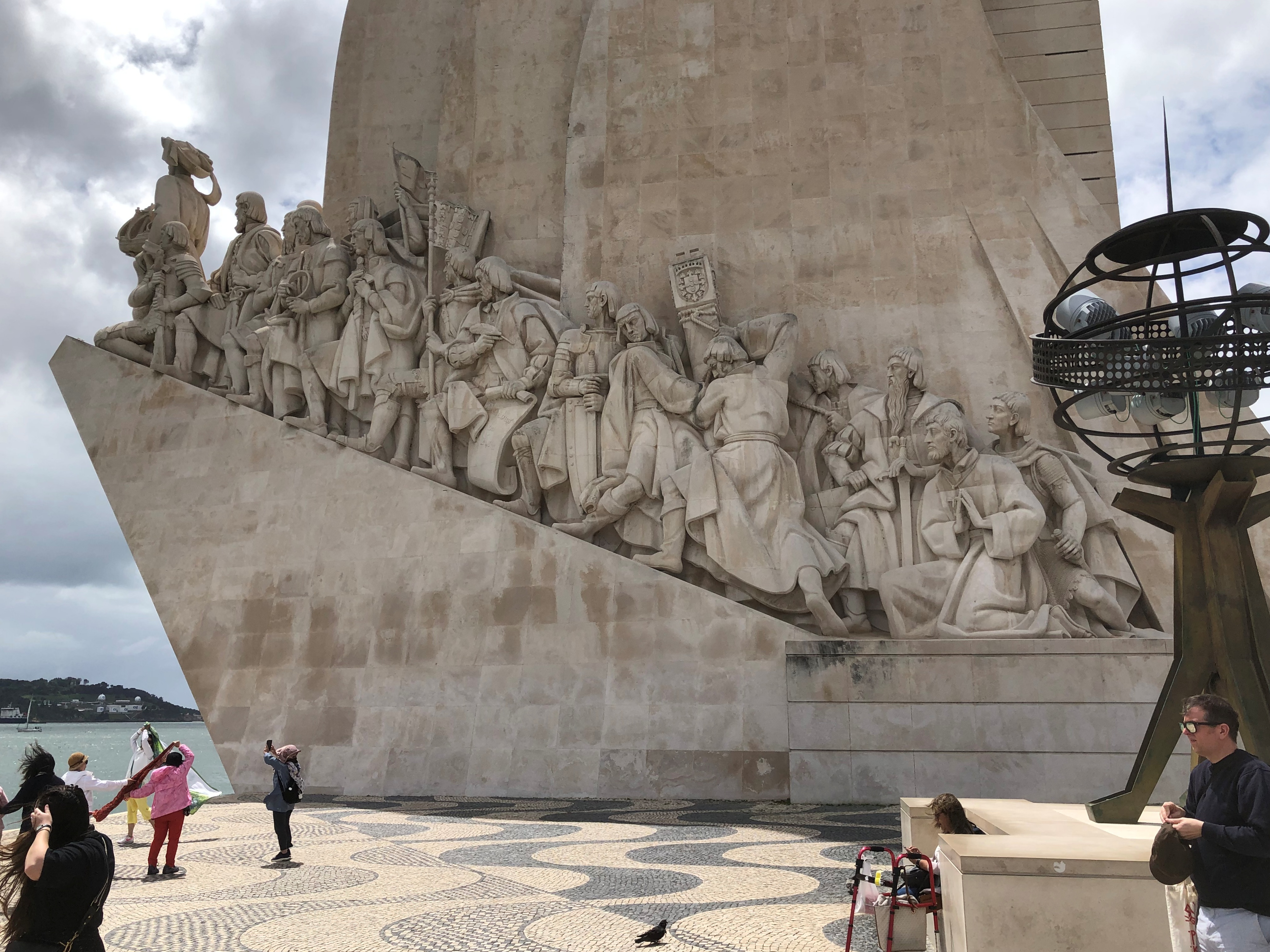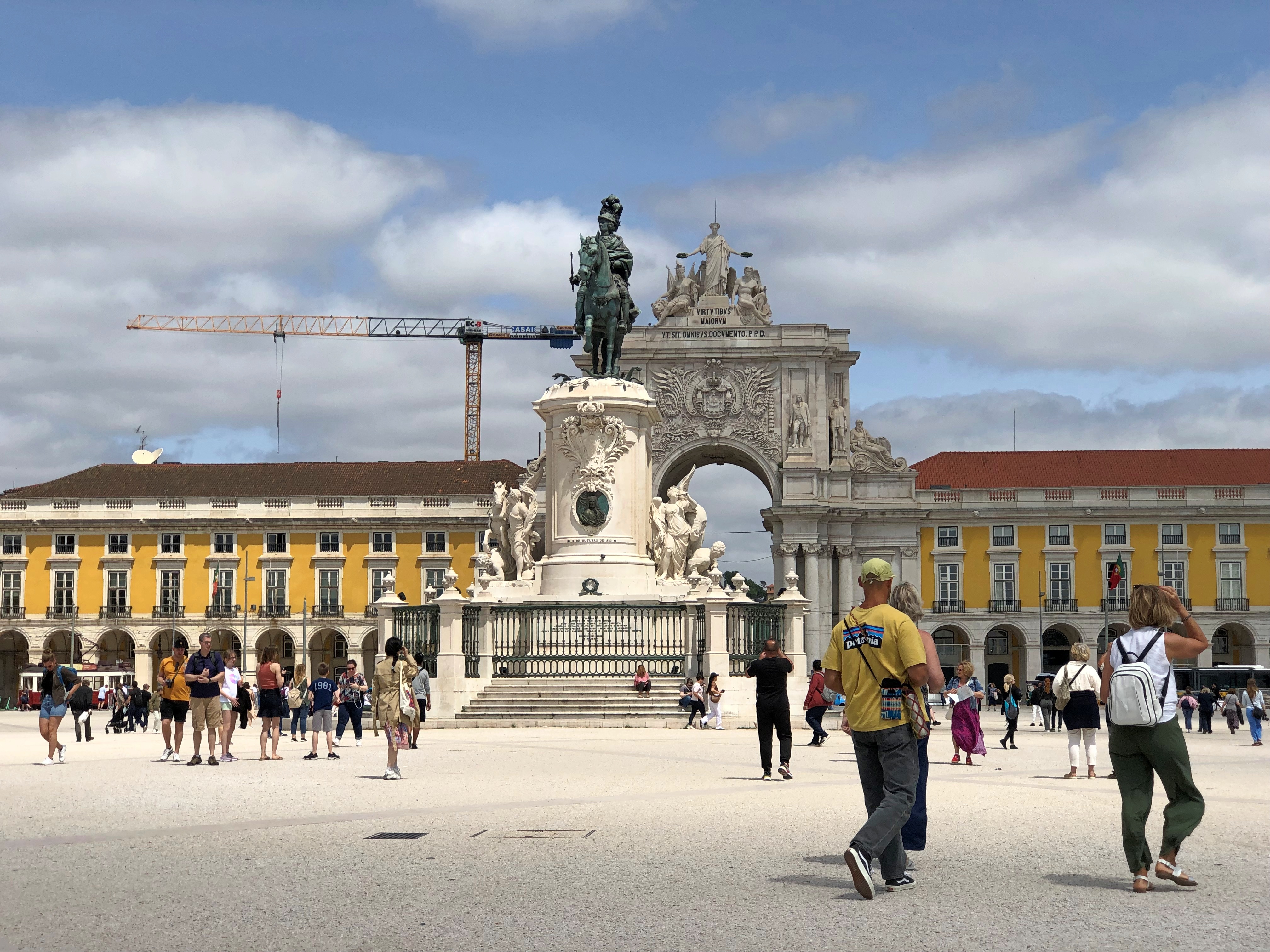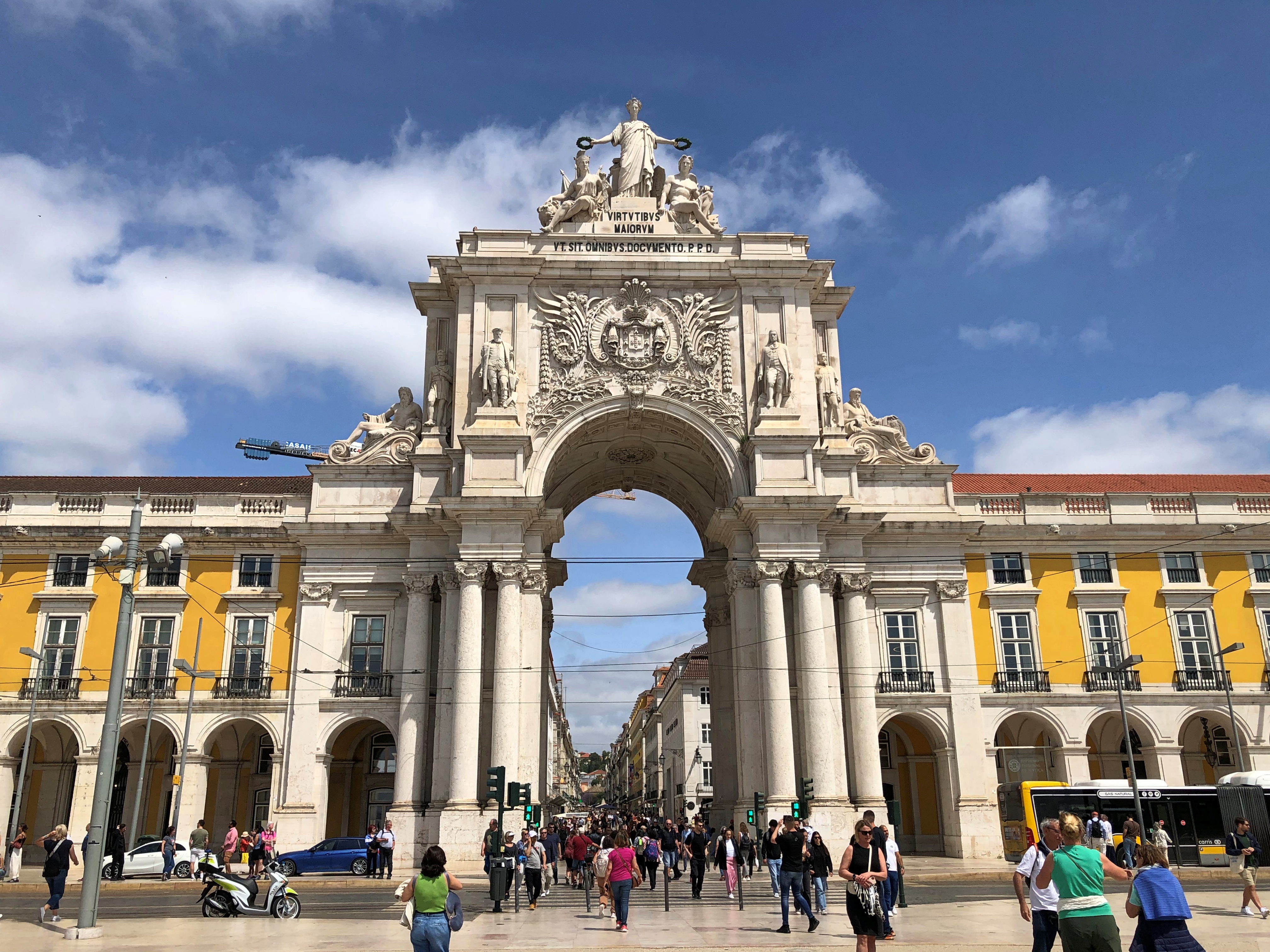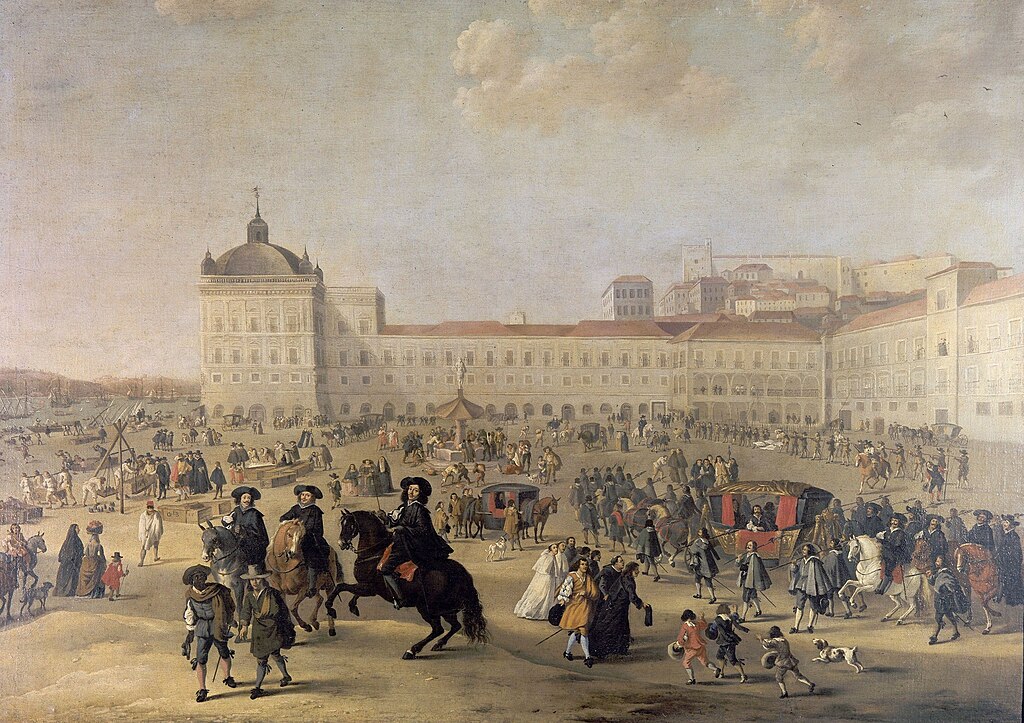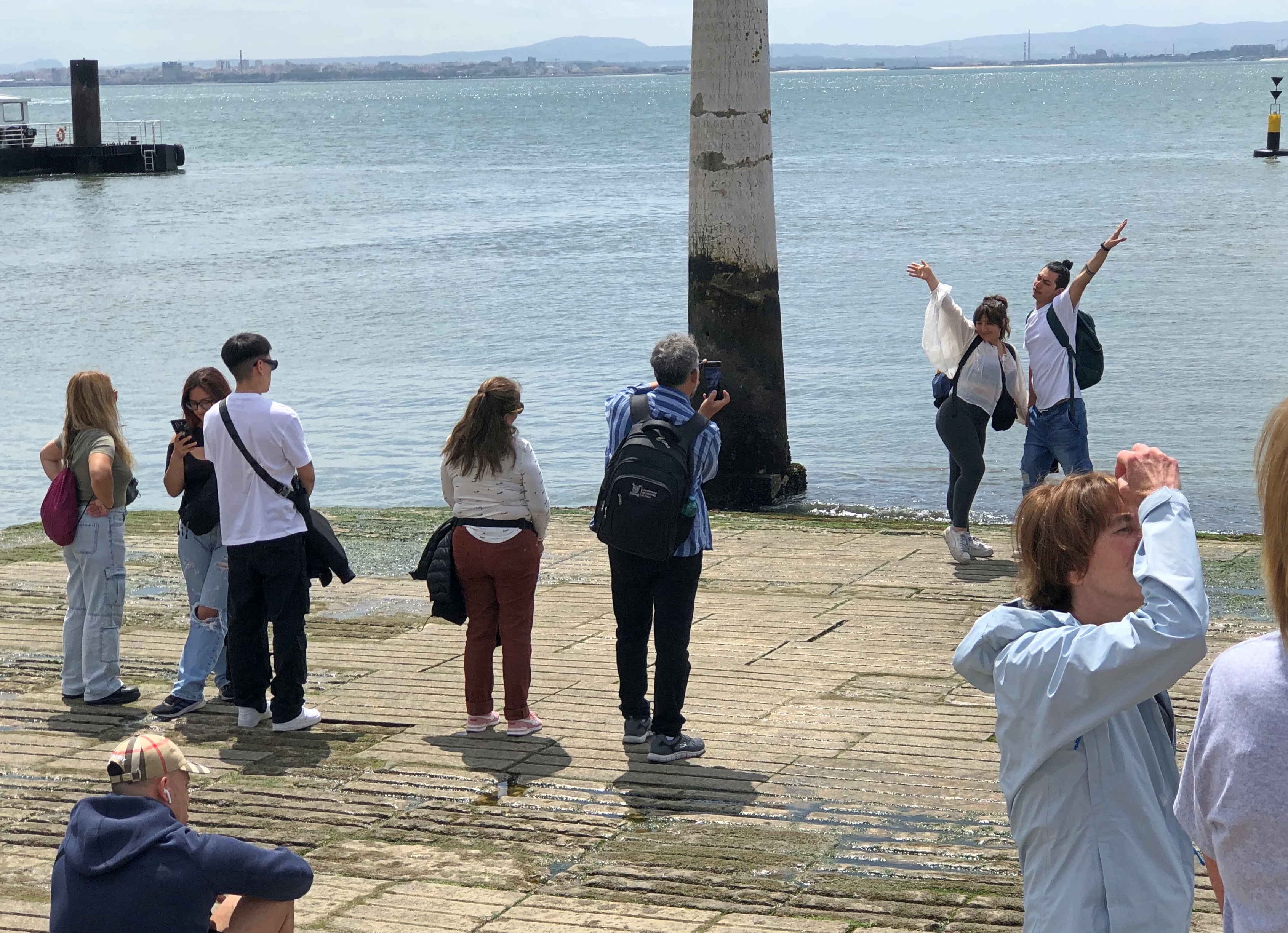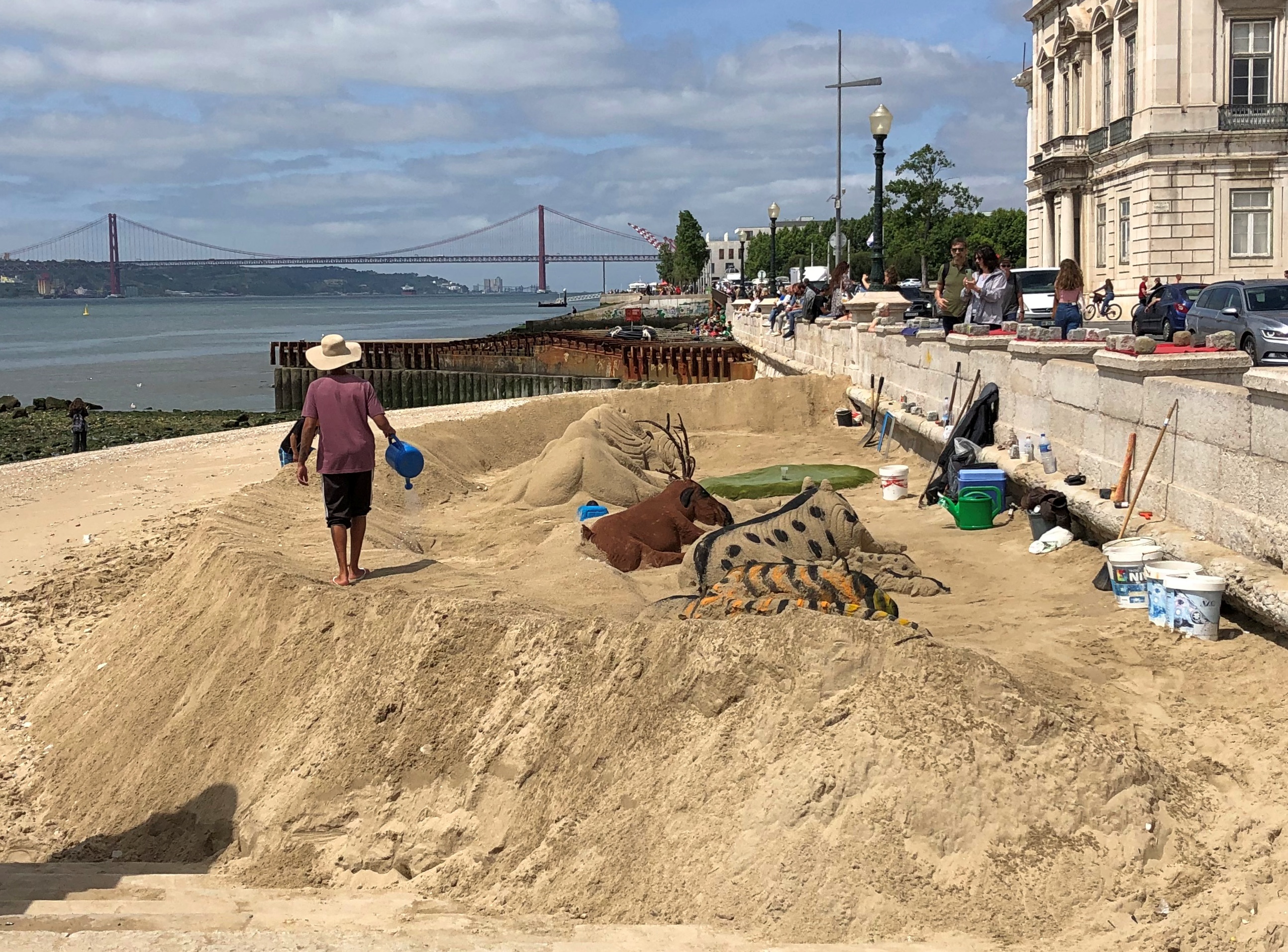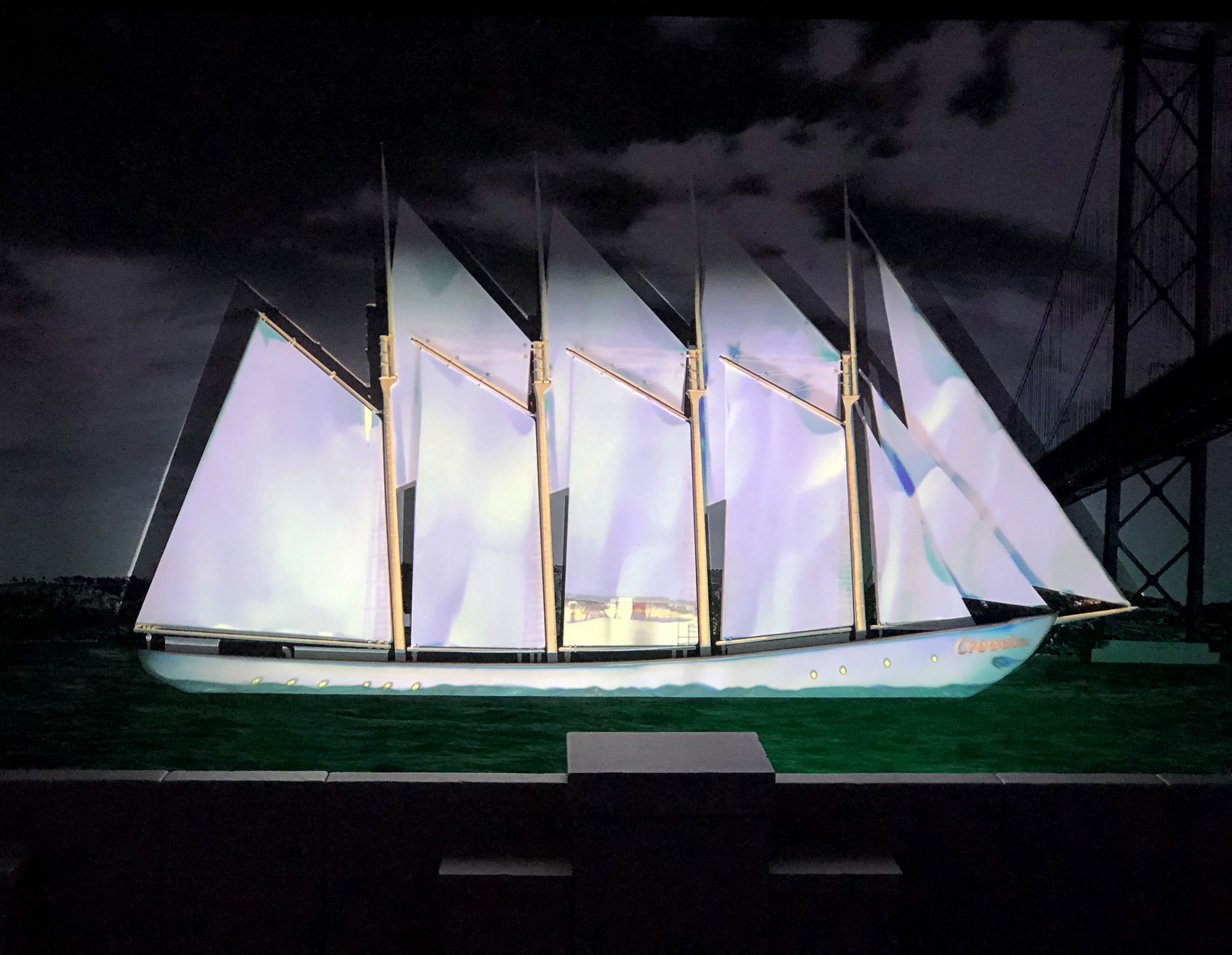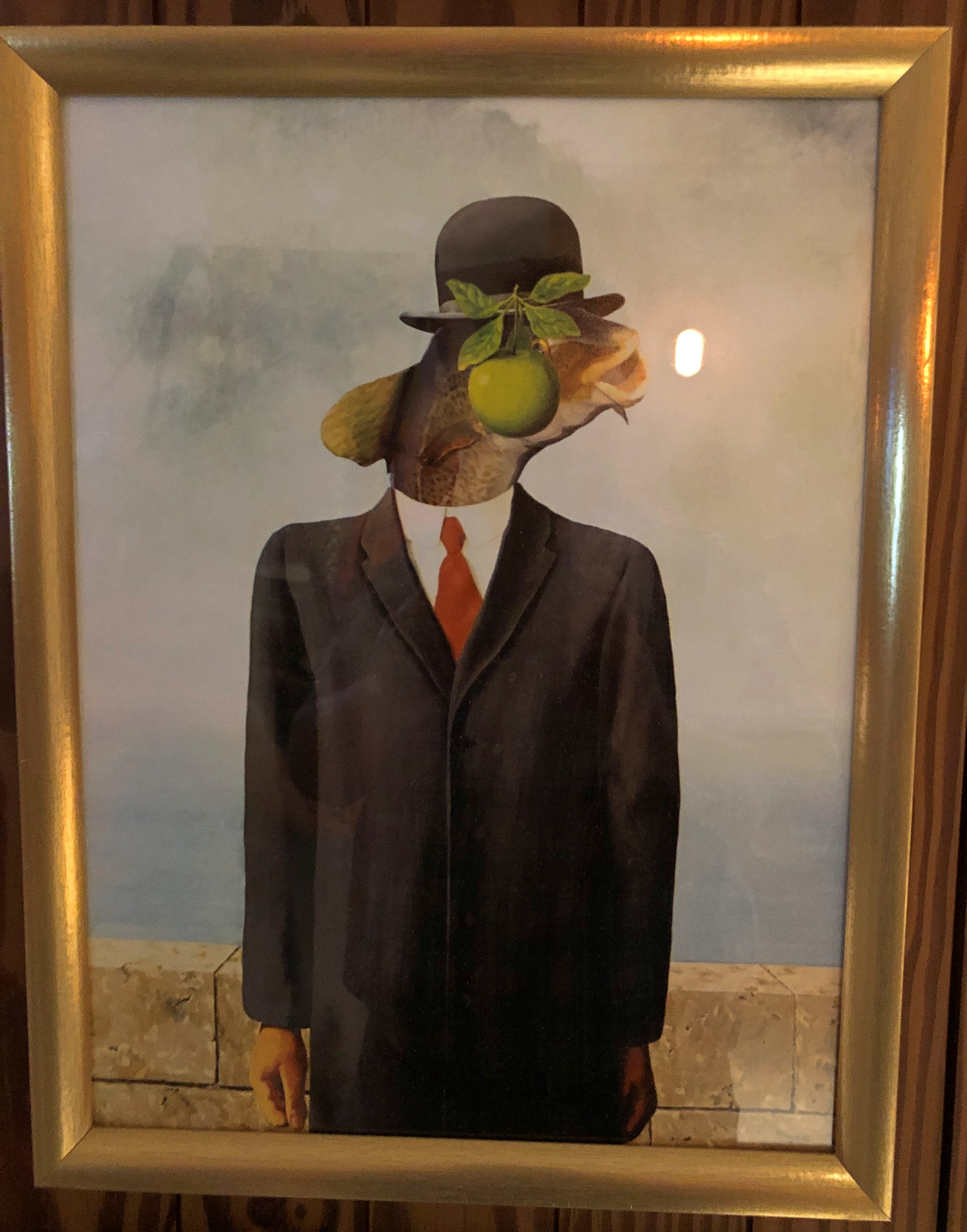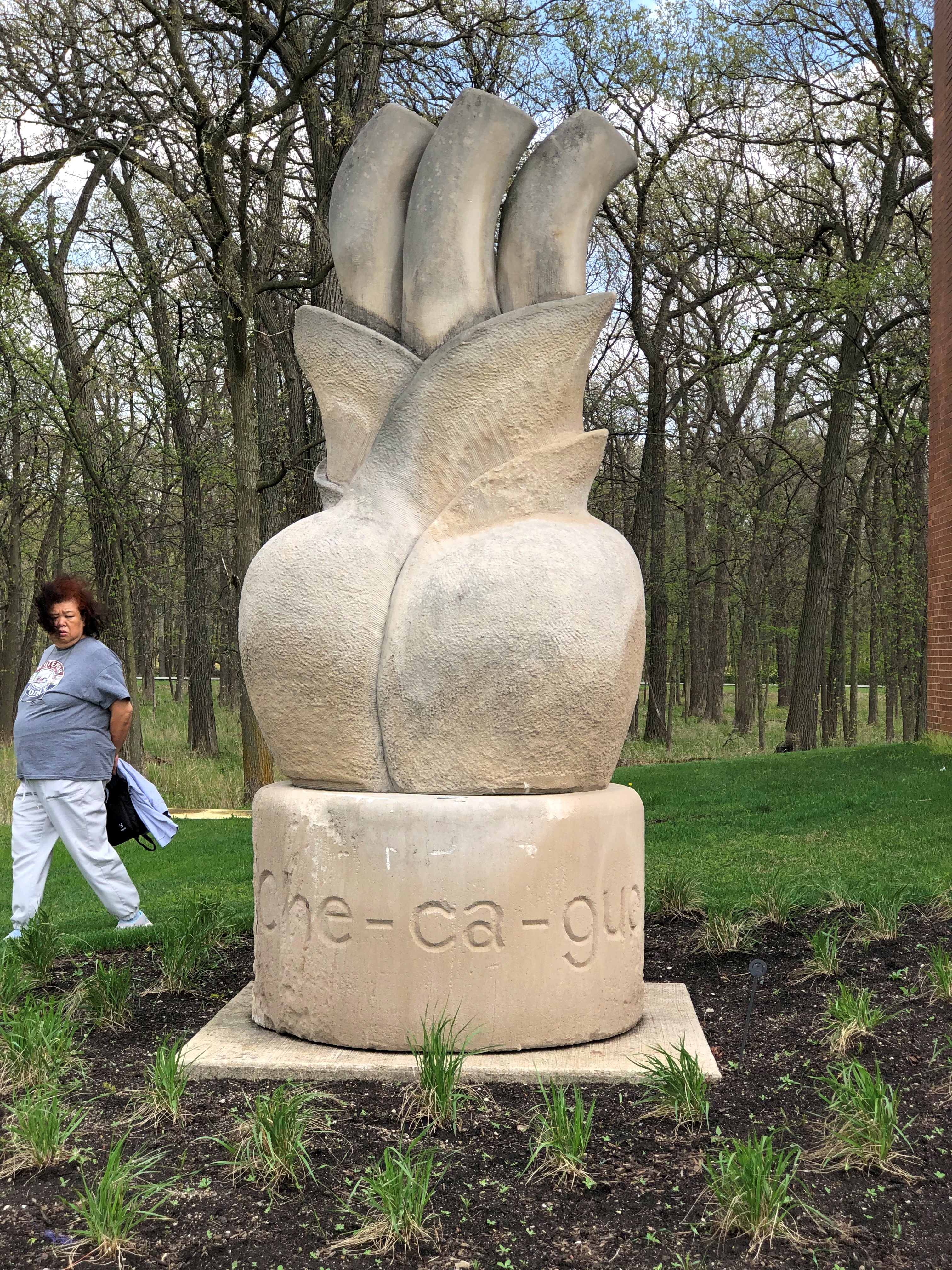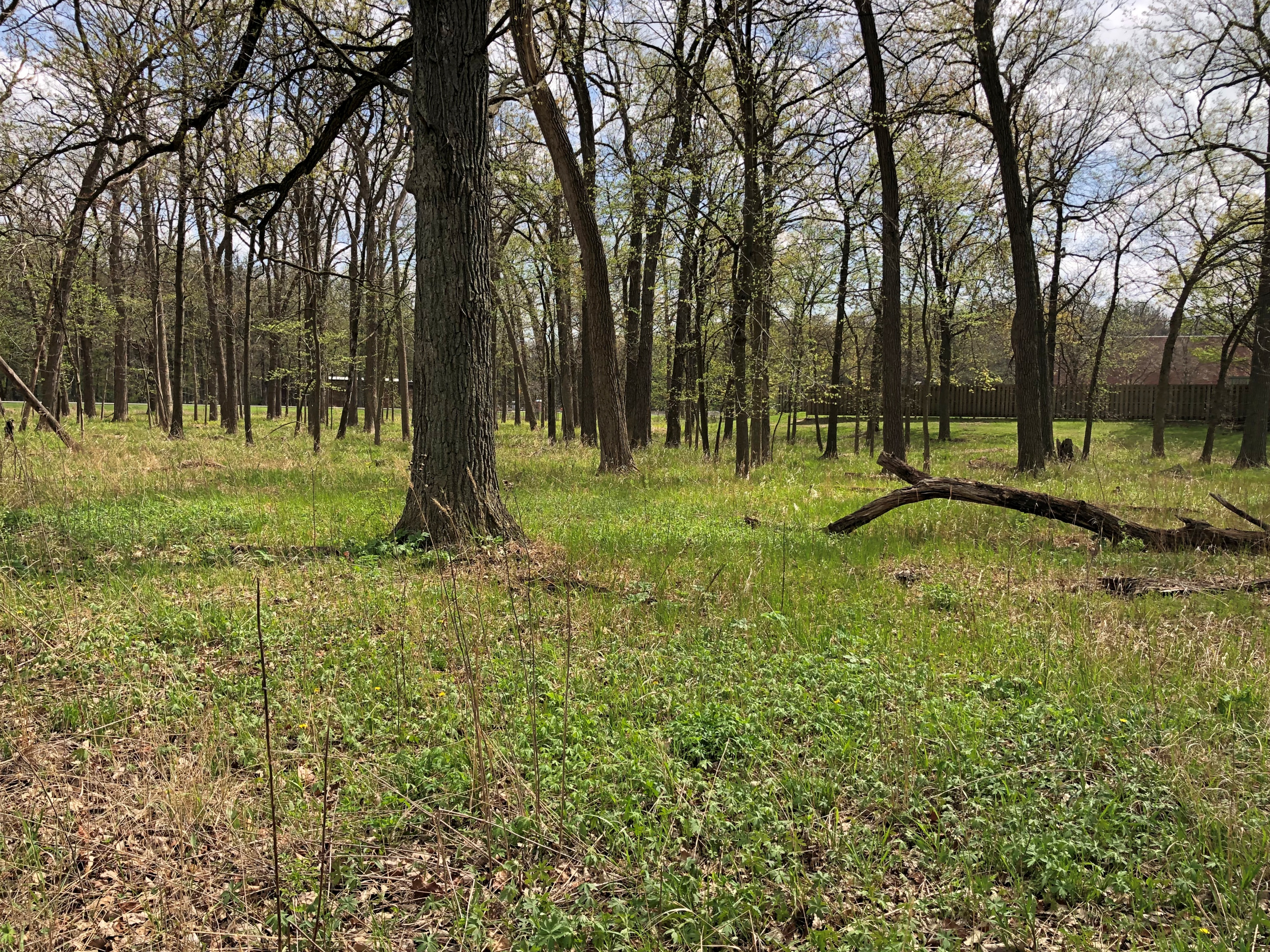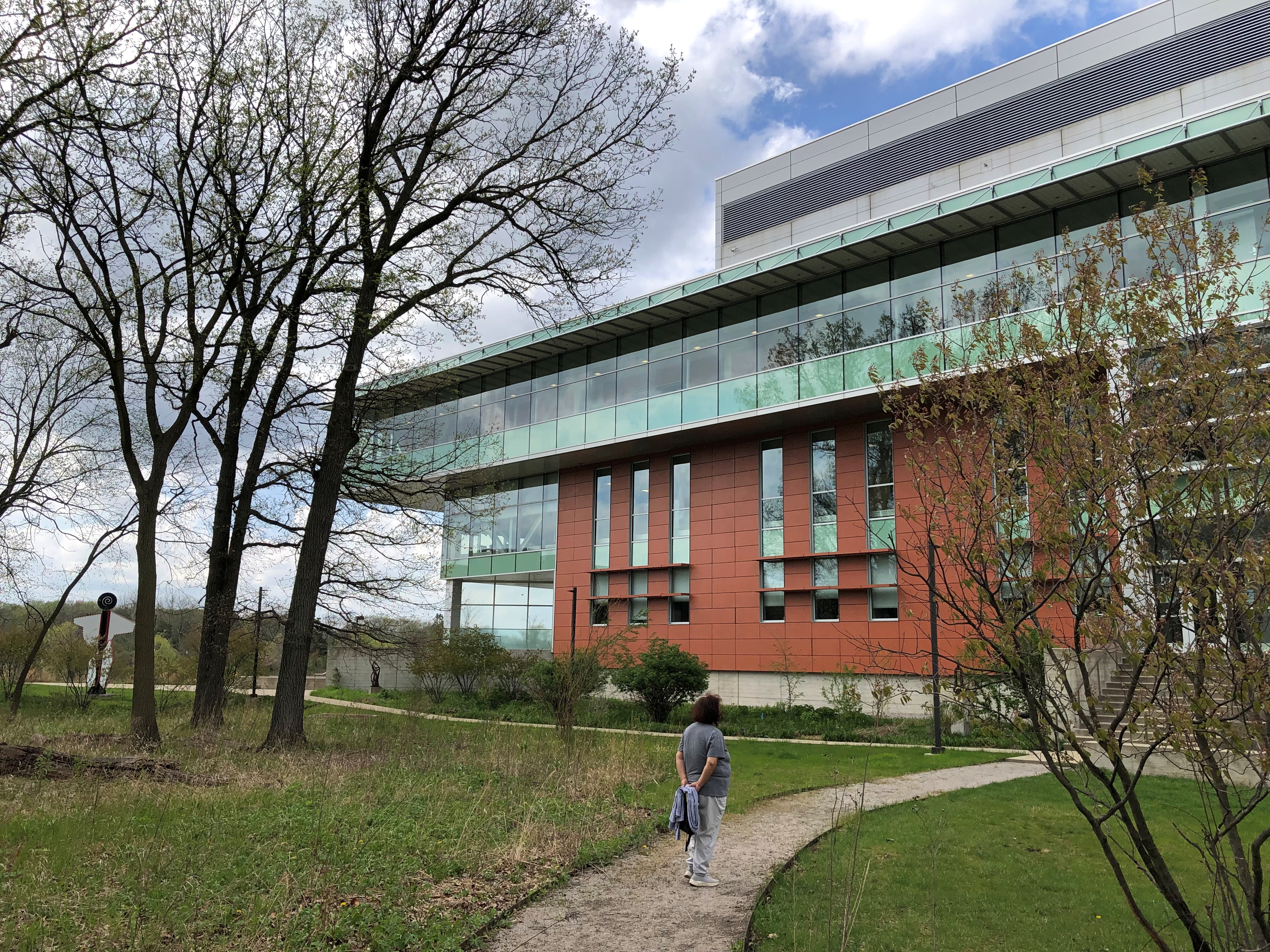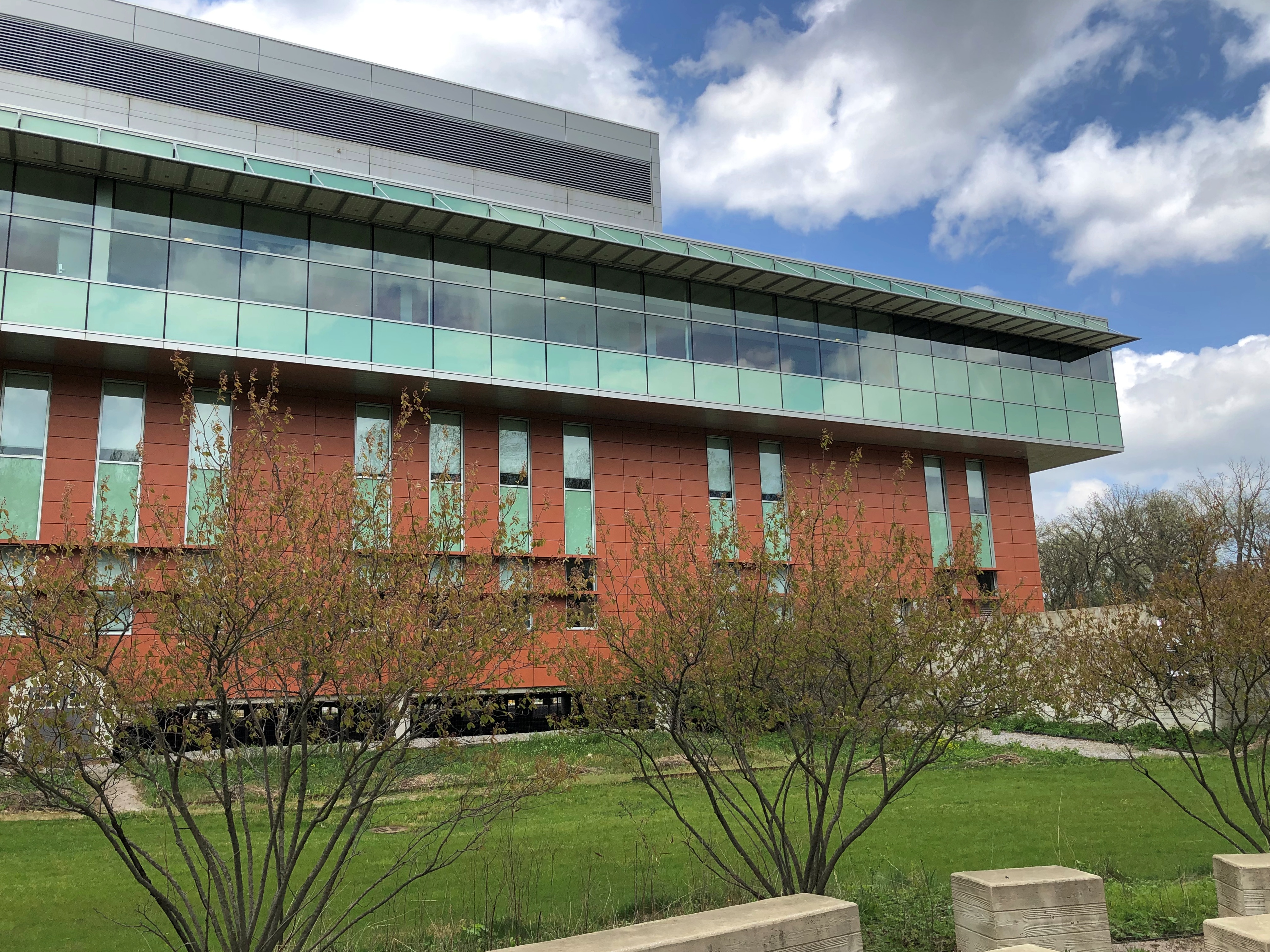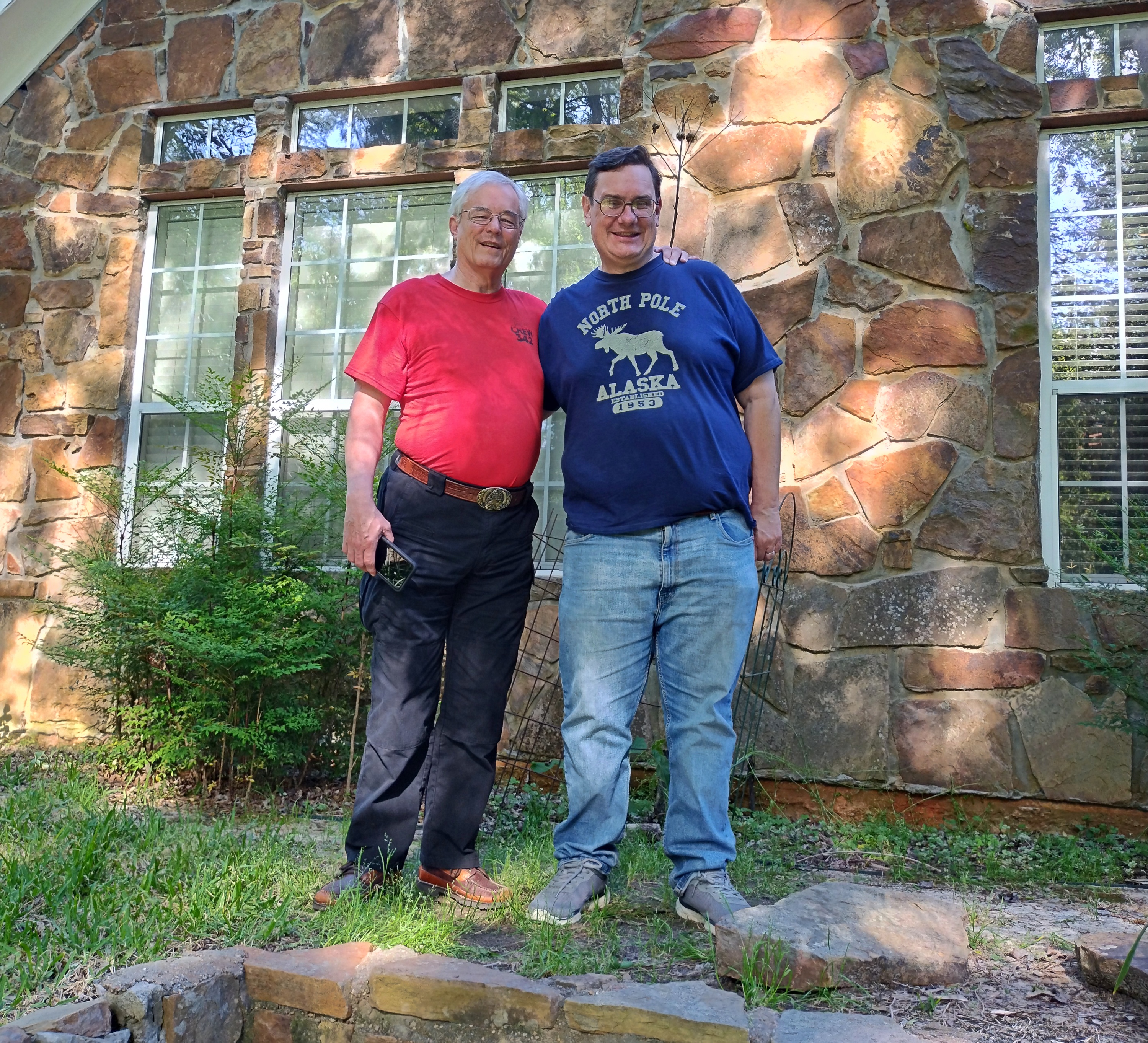Until we took a stroll through Riverfront Park in Spokane, I’d forgotten about Expo ’74. Turns out the park is a legacy of that world’s fair.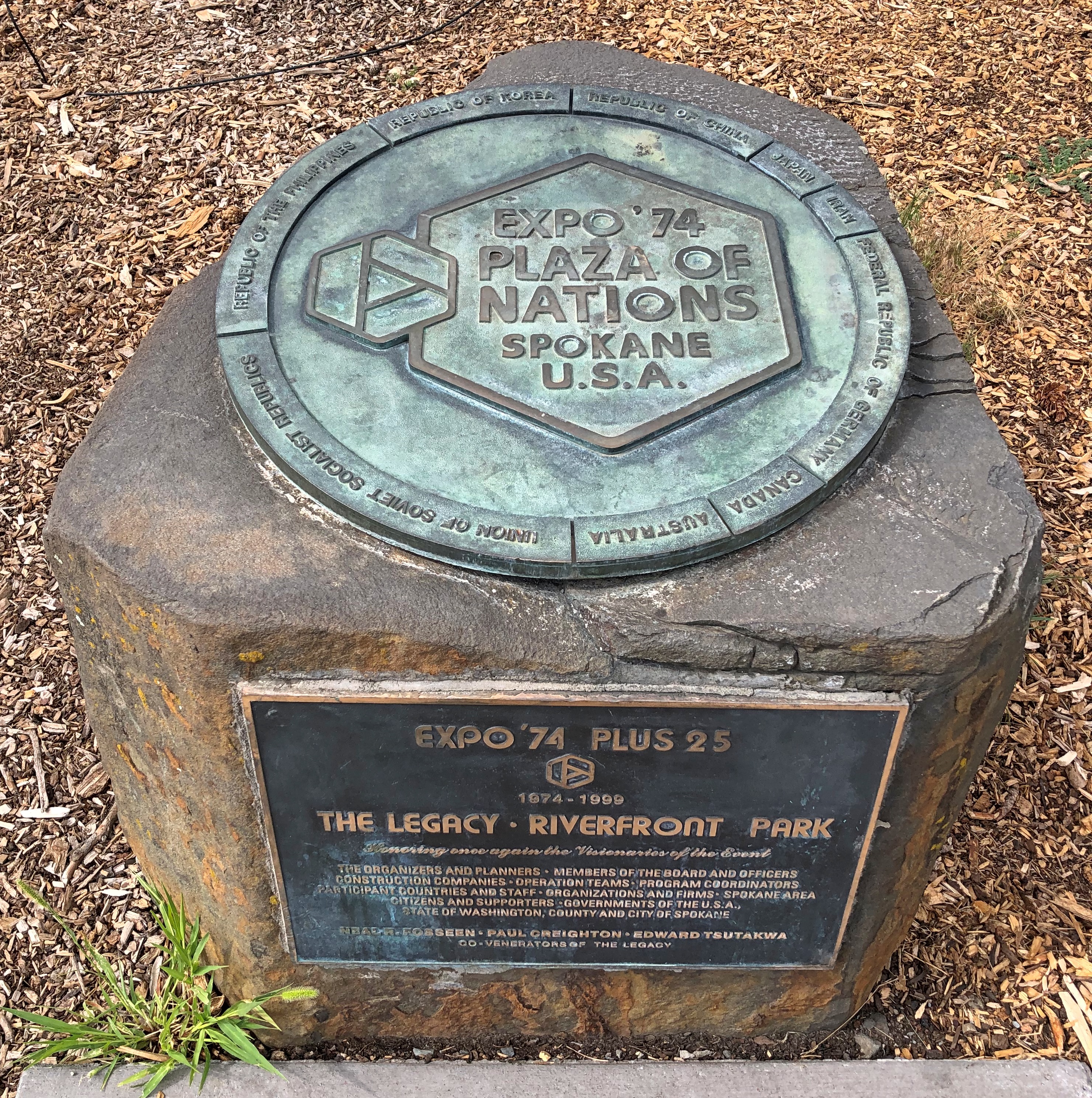
I’ve enjoyed visiting world’s fair legacies over the years, beginning with the many times I visited Hemisfair Plaza in San Antonio, but also the Expo ’70 Commemorative Park in Osaka, the Biosphere in Montreal, the Unisphere in New York, the Space Needle in Seattle, the Palace of Fine Arts in San Francisco, Forest Park in St. Louis, the Parthenon in Nashville, the Museum of Science and Industry in Chicago, and even the Eiffel Tower, if you want to go back that far. If the Crystal Palace had been still standing, I’d have gone to see that.
I’m sure I heard about Expo ’74 at the time, but it was in distant Spokane, which I’d only ever seen on maps. With no likelihood of a visit, I probably didn’t give it much thought at 13. Or afterward. Not until 50 years after the event, on August 25, 2024, when we decided to spend a few hours in downtown Spokane before heading to Seattle.
A river runs through it. Namely, the Spokane River, which is a tributary of the mighty Columbia. (Every time I write about that river, I will use “mighty” just as “stately” always comes before Wayne Manor.) The Spokane roars around an island, formerly known as Canada Island, and still called that according to Google Maps, dividing the upper falls.
In 2017, the Spokane Parks Board decided that “snxw meneɂ” (sin-HOO-men-huh), a Salish word, would be a more fitting name. Salmon People, to render it in English. Once upon a time, the Salish caught salmon there.
The river travels over a small dam, then to the lower falls.


Back in the late 19th century, the area was industrial.
The location wasn’t quite as valuable for industry by the 1960s, so it was picked as the site for the world’s fair, whose formal name was the International Exposition on the Environment, Spokane 1974. Some 5.6 million people showed up for it, compared with 6.3 million for HemisFair in 1968 (and I was among those).
A pleasant place to stroll on a summer Sunday. Lots to see, such as site of the former U.S. Pavilion.
The handsome Washington Water Power Co. building, dating from 1907. Not actually in the park, but highly visible from the park.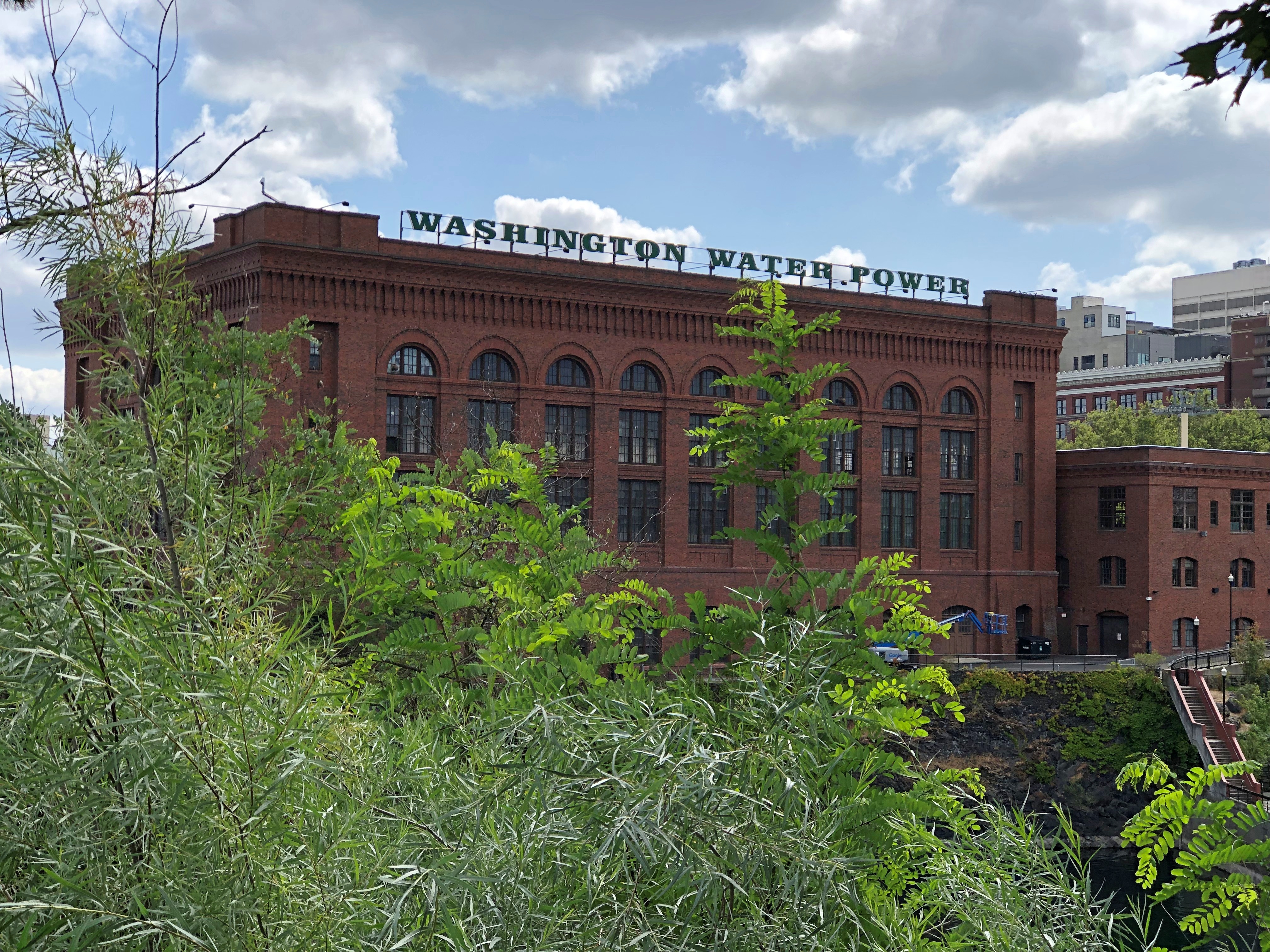
A reminder of long-ago native inhabitants of the area.
For even better views of the river, there’s a sky ride. Its course parallels the river near the lower falls, and then turns around and comes right back, taking 20 or so minutes.
We took a ride. Of course we did. That’s how I was able to take photos of the lower falls, posted above.

